All the kalanchoes in the video are also in the gallery below (scroll down), all labeled. To see plant names as you watch the video, click CC (closed captions).
About Kalanchoes
Kalanchoes are beautiful soft succulents, easy to propagate, usually with showy flowers. It's a highly diverse genus, so to help you make sense of it, I've divided Kalanchoe (kah-lahn-KOH-ee) into six informal categories:
Mother of millions (bryophyllums)
Characterized by baby plants that frill leaf edges then fall off and root. Can be weedy.
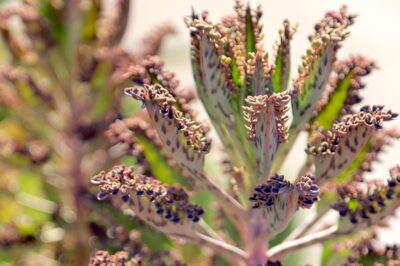
Fuzzies
Covered with short hairs, these often have cute names like "panda plant." Mainly gray with brown. Most are pot plants, but included is a tree: Kalanchoe beharensis. See the article: Fuzzy Kalanchoes: Varieties, Uses and Tips

Paddles
Highly prized for overlapping oval, bright red leaves is Kalanchoe luciae. See my article: Should You Let Your Flapjack Plants Bloom?
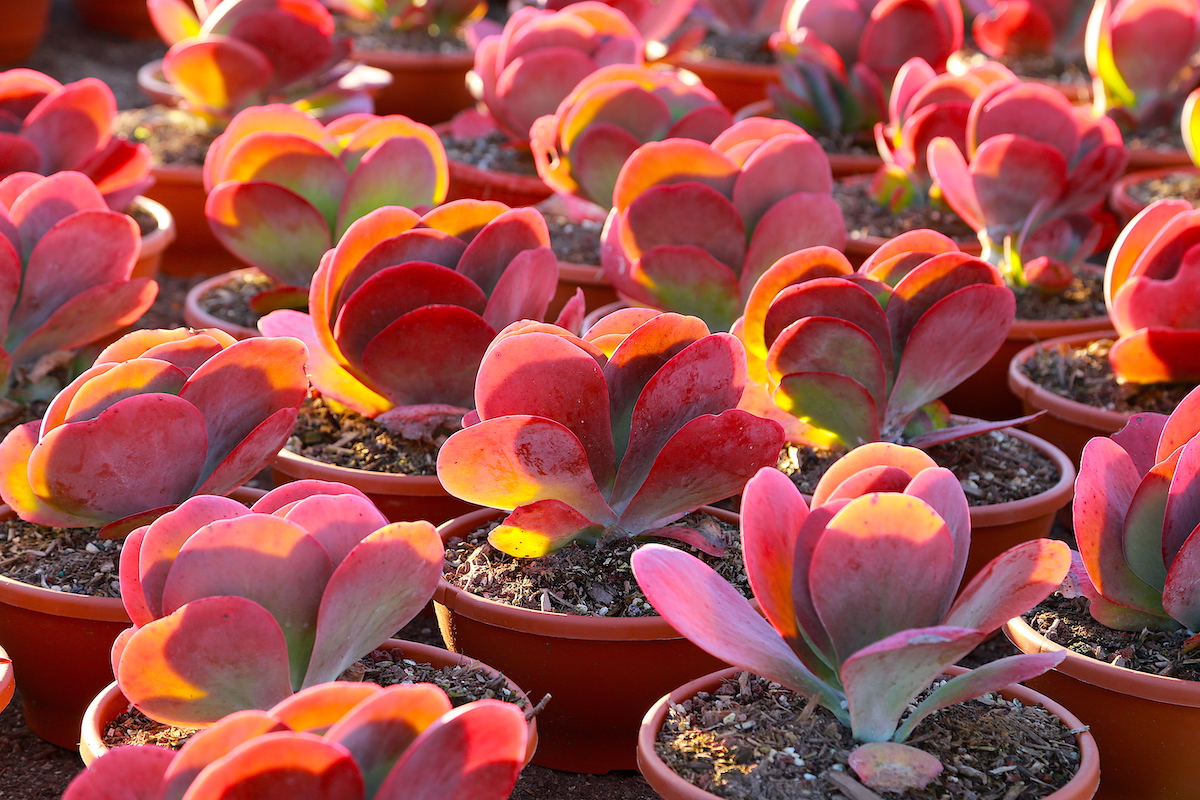
Kalanchoe luciae
Floriferous
Kalanchoe blossfeldiana and calandivas are bred for brilliant or pastel flower clusters. These are sold and seen everywhere---including the last wedding reception you went to. Includes spreaders like Kalanchoe fedschenkoi with pastel leaves and masses of coral flowers.

Tropical
Large-, thin-leaved and highly sensitive to climate and sun exposure are Kalanchoe marmorata, Kalanchoe gastonis-bonnieri and Kalanchoe prolifera (box bloom). Tropicals include Kalanchoe synsepala. Such "walking kalanchoes" are arboreal succulents with arrowhead or enlongated-oval leaves that produce baby plants at tips of flower stems.
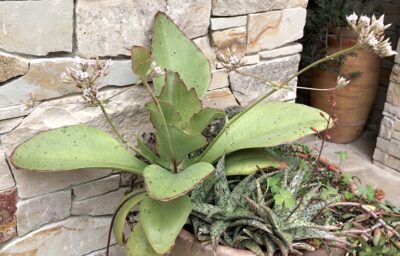
Rarities
Among these are heartbreakers (gorgeous plants difficult to grow) Kalanchoe humilis and Kalanchoe rhombopilosa. Also rare but fairly easy are vining kalanchoes with leaves like grappling hooks.

Kalanchoe Care
Mainly from Madagascar off the coast of South Africa, kalanchoes thrive in mild, summer-dry maritime climates. Most can't handle freezing temperatures or desert heat.
Typical of most soft succulents, kalanchoes want several hours of sun daily and bright shade for the remainder. Learn more on this site's Succulent Care Basics page.
Plant in potting soil or cactus mix, and keep soil about as moist as a wrung-out sponge. Watch for snails on smooth-leaved varieties.
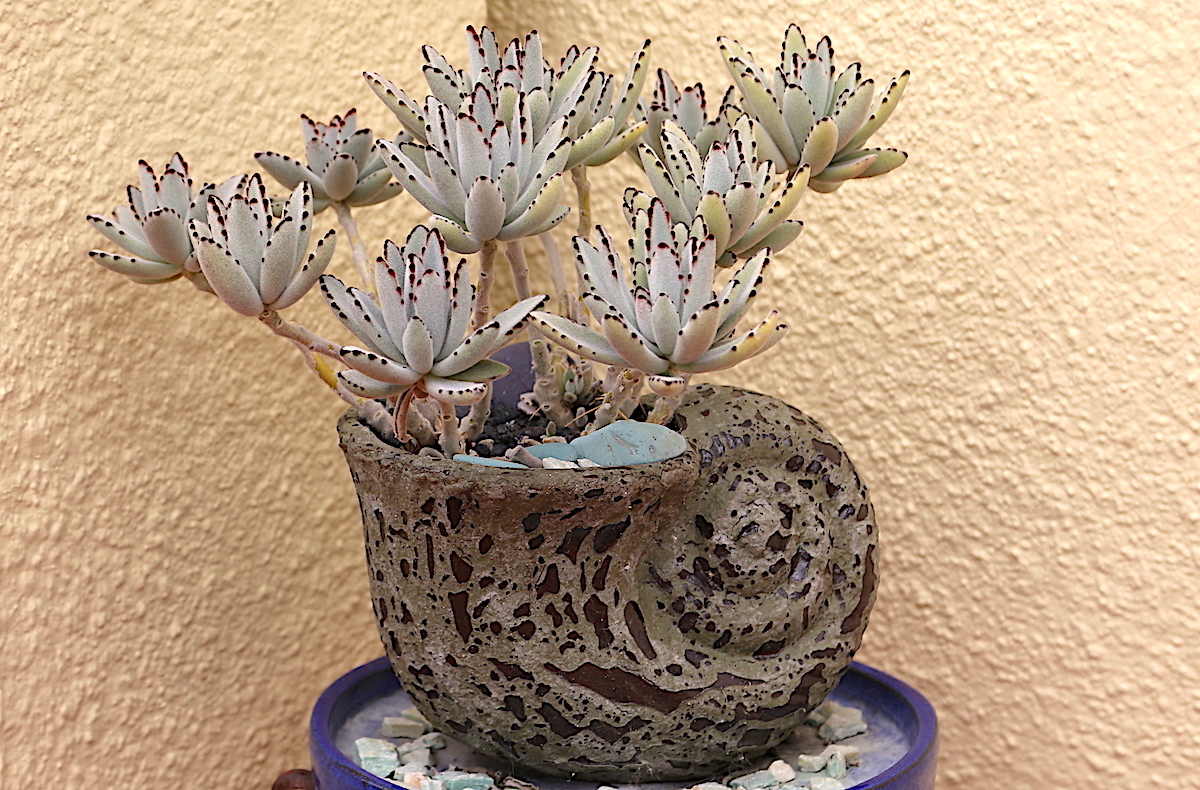
After a year or two, kalanchoes tend to show too much stem. Time to replant! Find out how below.
Are your Kalanchoes leggy?
It's normal for new growth to be from the top, and old leaves to fall off leaving naked stems. When kalanchoes need refreshing, take cuttings and replant.
- Snip off the rosettes, leaving an inch or so of stem each.
- Keep the cuttings and discard headless stems and roots.
- Add fresh soil. Insert cuttings so they stand upright.
- In a few months they'll fill in and look better than ever.
Great for Coastal Gardens!
Like aeoniums, kalanchoes are on my list of Succulents for Coastal Southern California Gardens.
Resources
Buy Kalanchoes Online at
Kalanchoe Uses in Traditional Medicine, important cautions
According to the journal Frontiers in Pharmacology, “Kalanchoe is an important genus with relevance to traditional medicine across the globe. We have provided a comprehensive review of the reported antibacterial activities of Kalanchoe species, in particular K. pinnata, K. crenata, K. blossfeldiana, and K. laciniata. For the first time, we have reported the antibacterial activities of two understudied species in this genus (K. fedtschenkoi and K. mortagei) against clinically relevant, multidrug-resistant (MDR) strains of Gram-positive and Gram-negative bacteria.”
NOTE: Kalanchoes---bryophyllums in particular---though not toxic to humans, can cause mild to severe gastric distress to animals, including cats and dogs. The Pharmacology article cautions that “The presence of toxic cardiac glycosides make some Kalanchoe species a grazing hazard for animals in agriculture, with documented issues in Brazil, South Africa, and Australia.”
Kalanchoe photo gallery
I've identified and labeled photos for you according to genus and species, and common name if available. In parenthesis is the category the plant belongs in: fuzzy, tropical, floriferous, paddle, bryophyllum (mother of thousands), or rare. If you think I've ID'd any incorrectly, kindly let me know. — Debra Lee Baldwin
Also on this site
About Kalanchoe luciae (succulent flapjacks)
Kalanchoe luciae, commonly called paddle plant or flapjack plant, is a highly popular succulent due to its bright coloration and flat, rounded, pancake-like leaves. These are green near the stem and red on the edges. Shades of red in paddle plants vary from rose and magenta to burgundy; greens go from lime to teal blue.…
Fuzzy Kalanchoes: Varieties, Uses, Tips
I’m eager to share with you my fondness for fuzzy kalanchoes. The varieties and design uses of these unusual succulents are diverse and wonderful. Included are important tips to ensure your success.
Succulents Grown for Bright Flowers: Kalanchoe blossfeldiana
Supermarket kalanchoes (Kalanchoe blossfeldiana) are succulents you grow mainly for their flowers. They have been hybridized and sold as flowering plants long before succulents in general became popular. Succulents are plants that look like flowers, and although all succulents produce them, they’re generally not the reason people buy them. Yet this one succulent has been commercially…
Types of Succulents from Aeonium to Zebra Plant, Photos & IDs
Debra’s Dozen Easy-Grow Succulent Plants for Beginners
Trying to make sense out of succulents? There are numerous varieties, but these are the most common succulents and those you’ll likely run across. Enjoy growing and discovering these fascinating “plants that drink responsibly!”

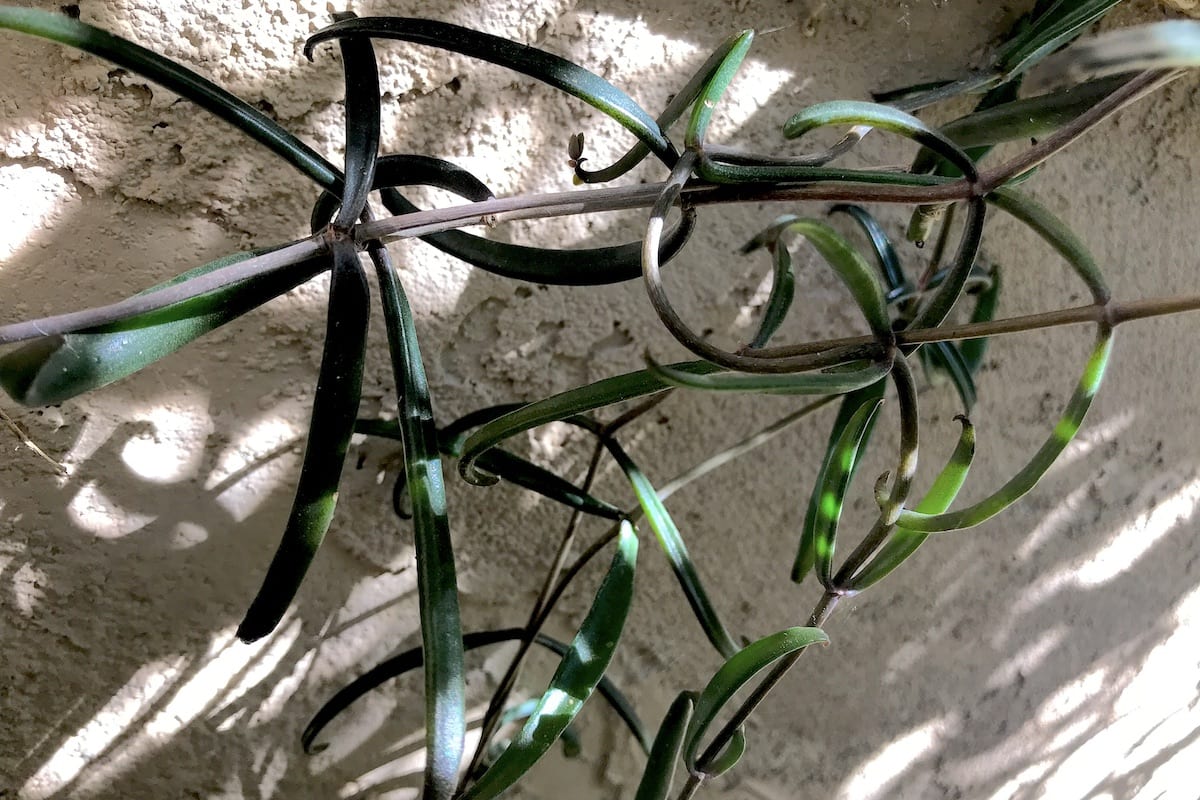
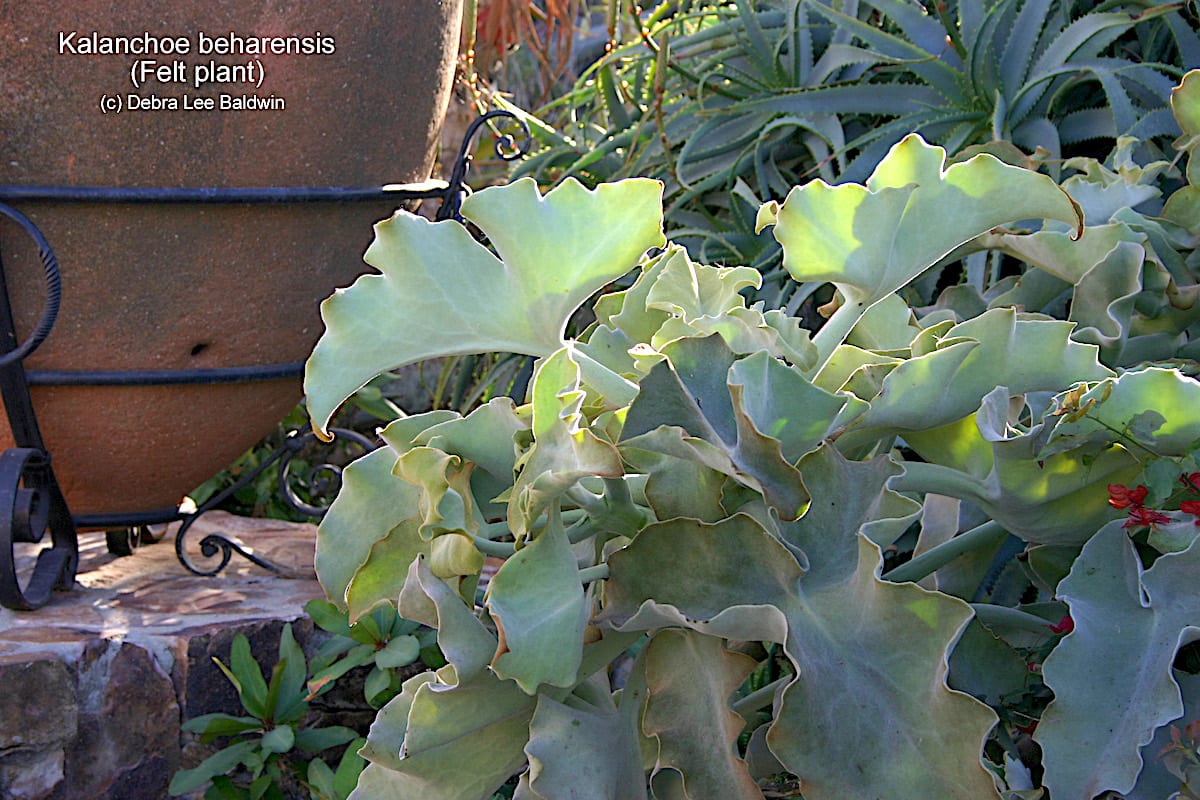
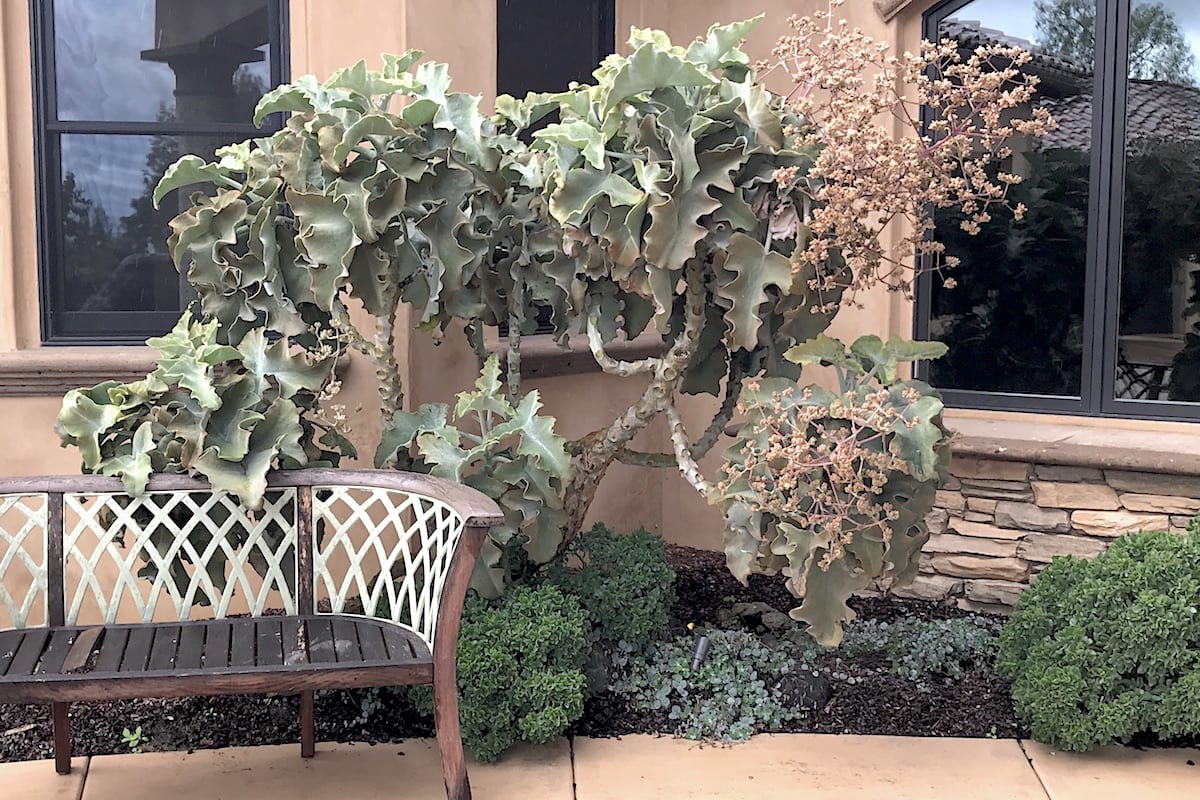
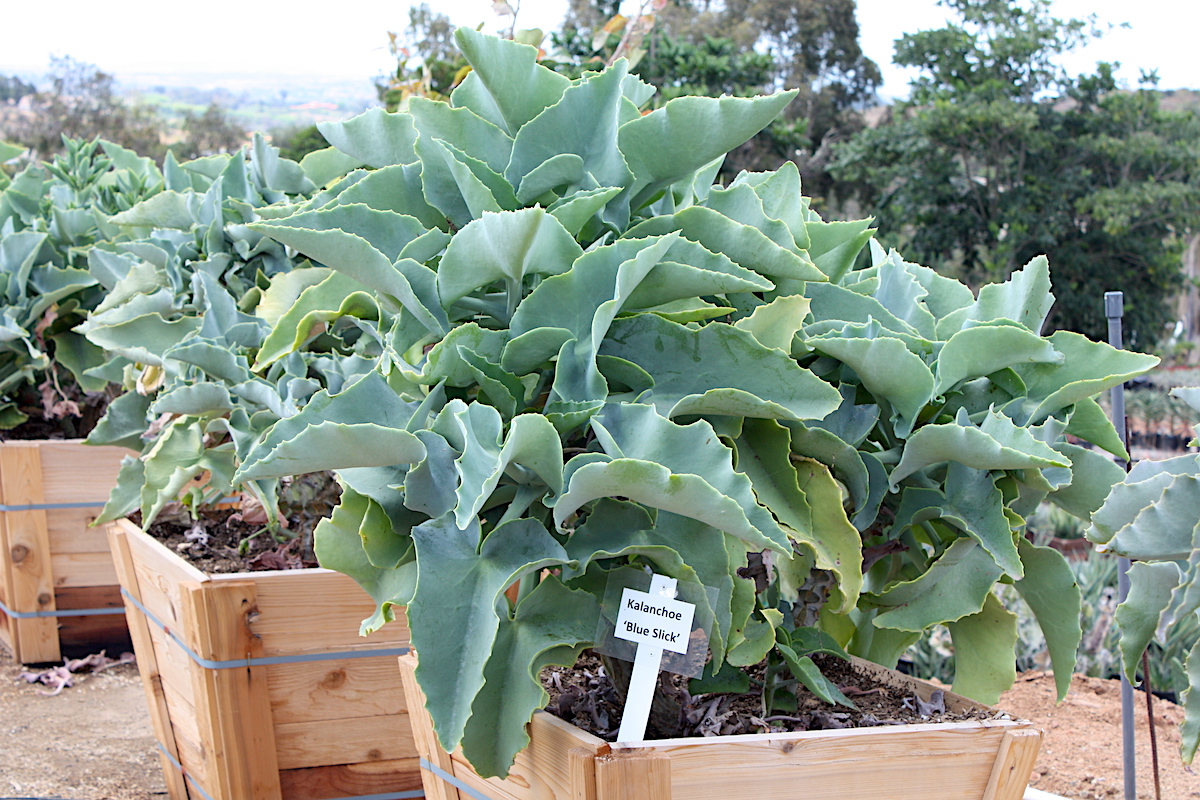
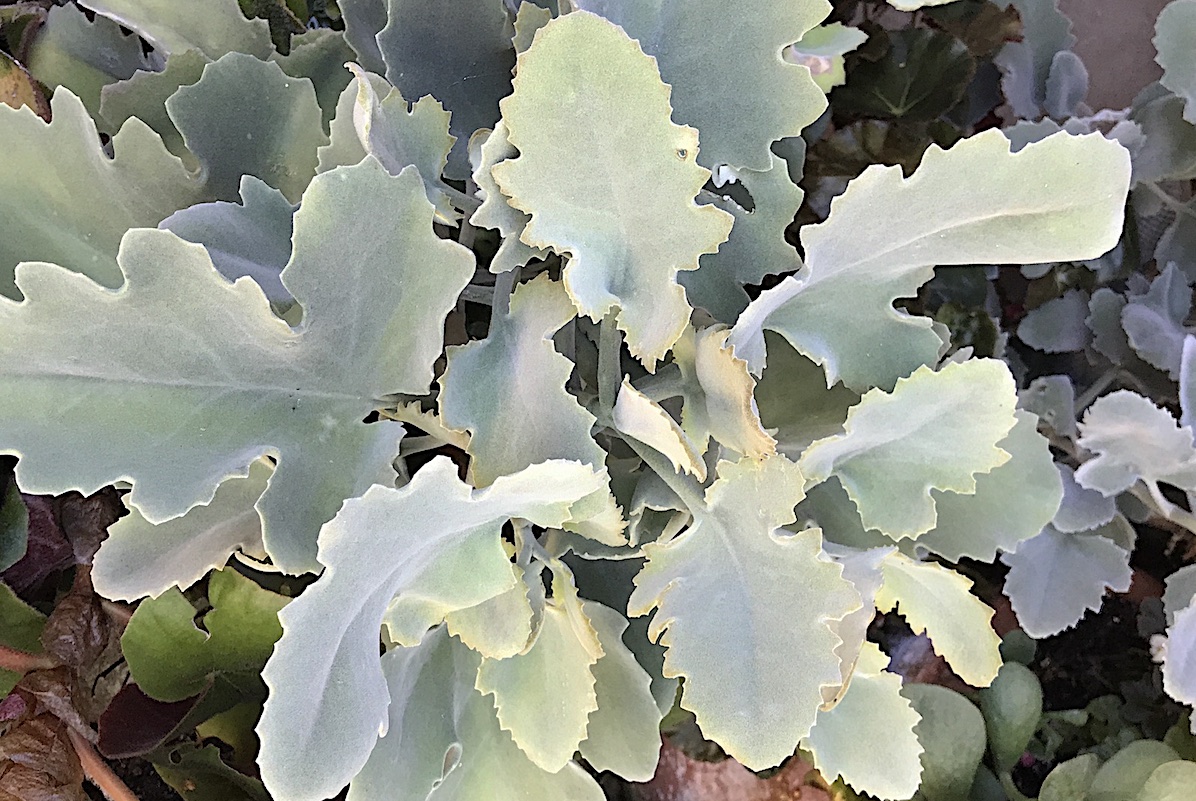

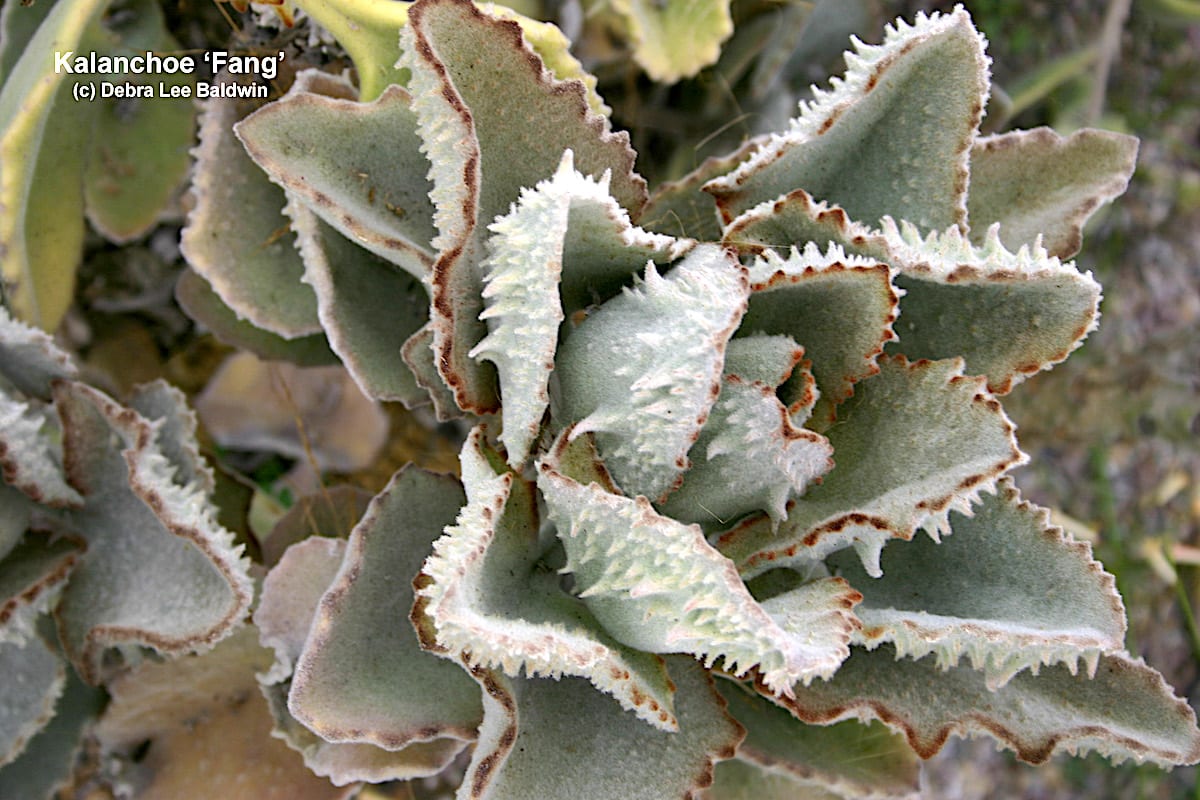


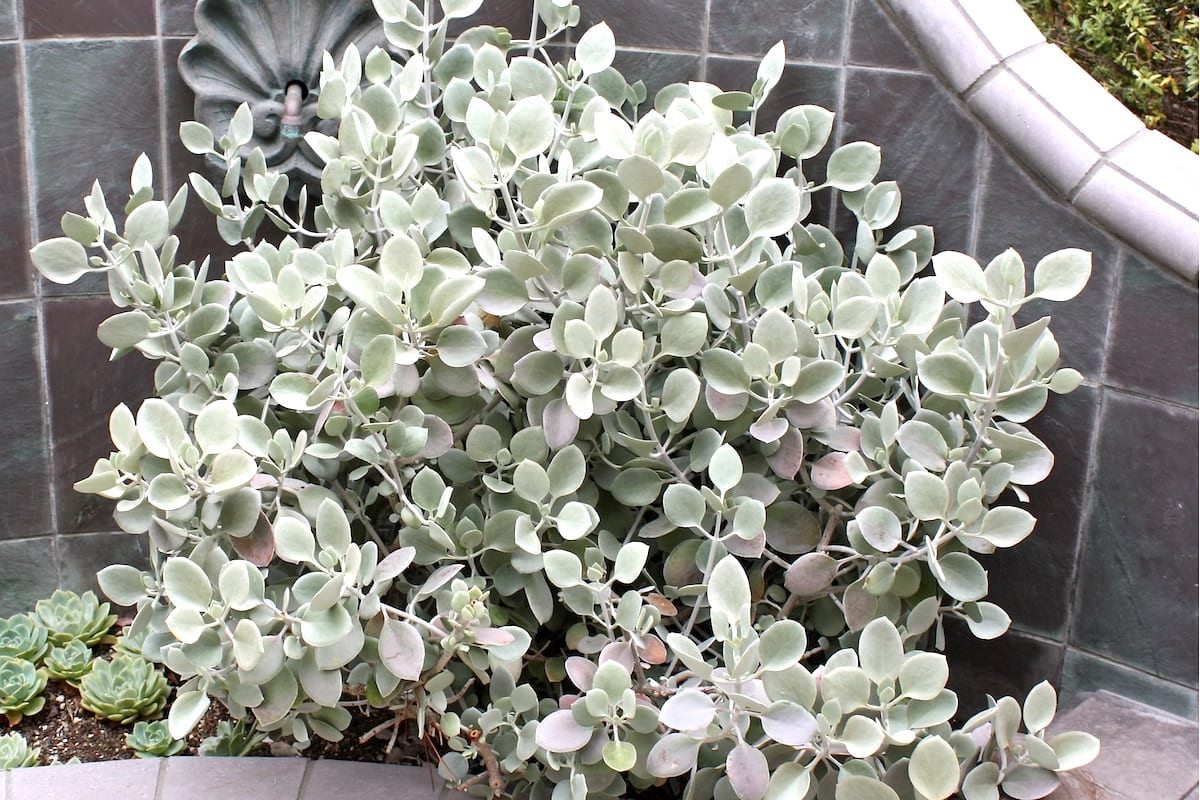
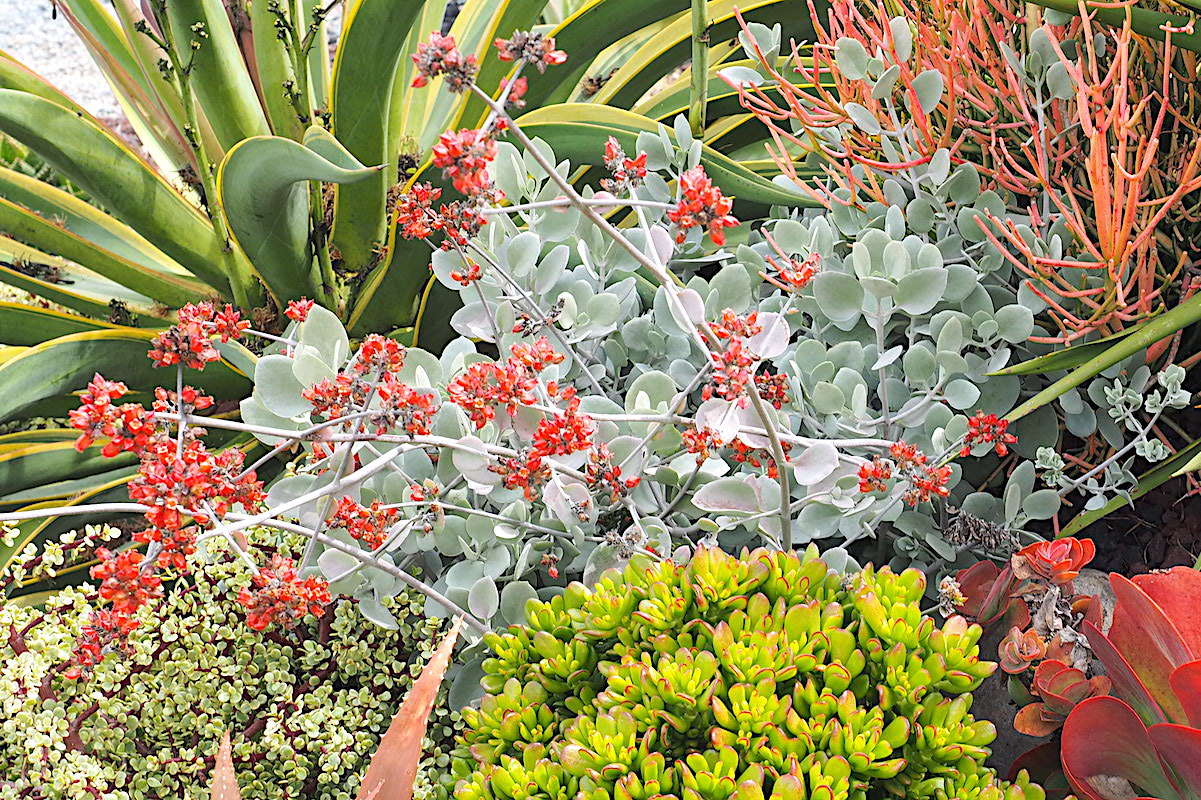
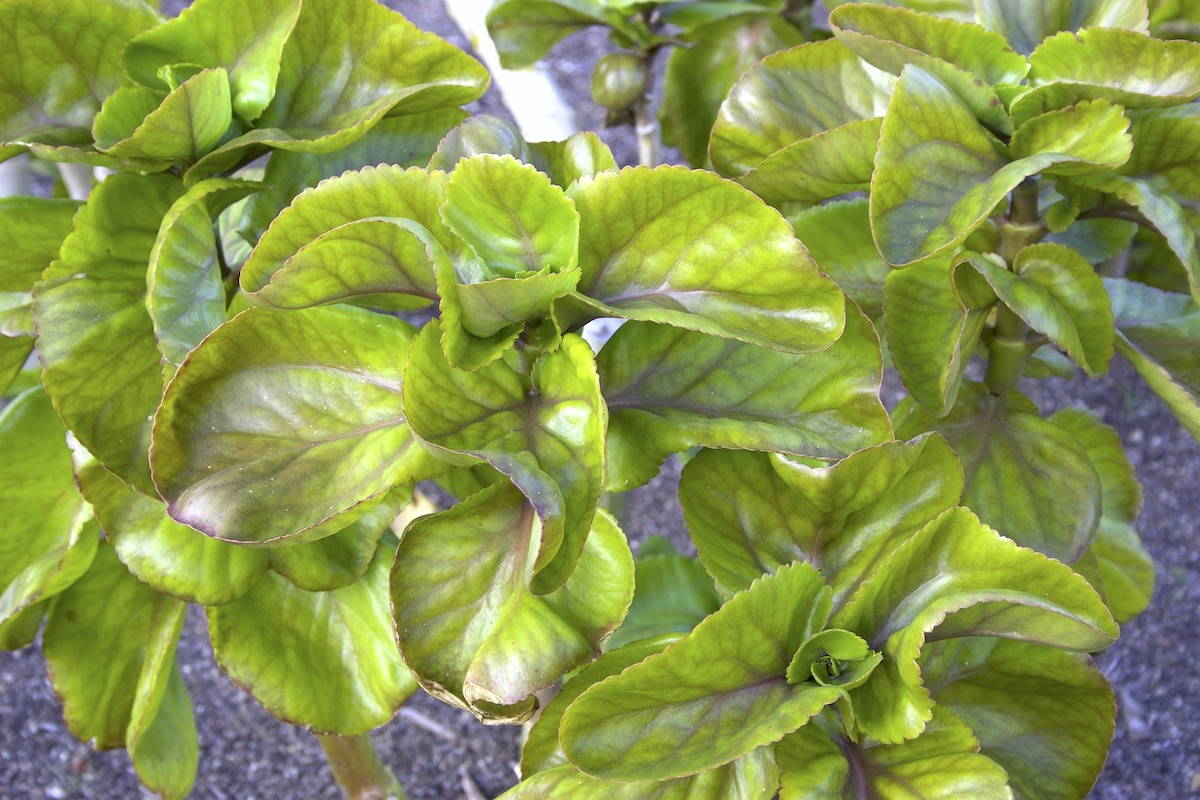
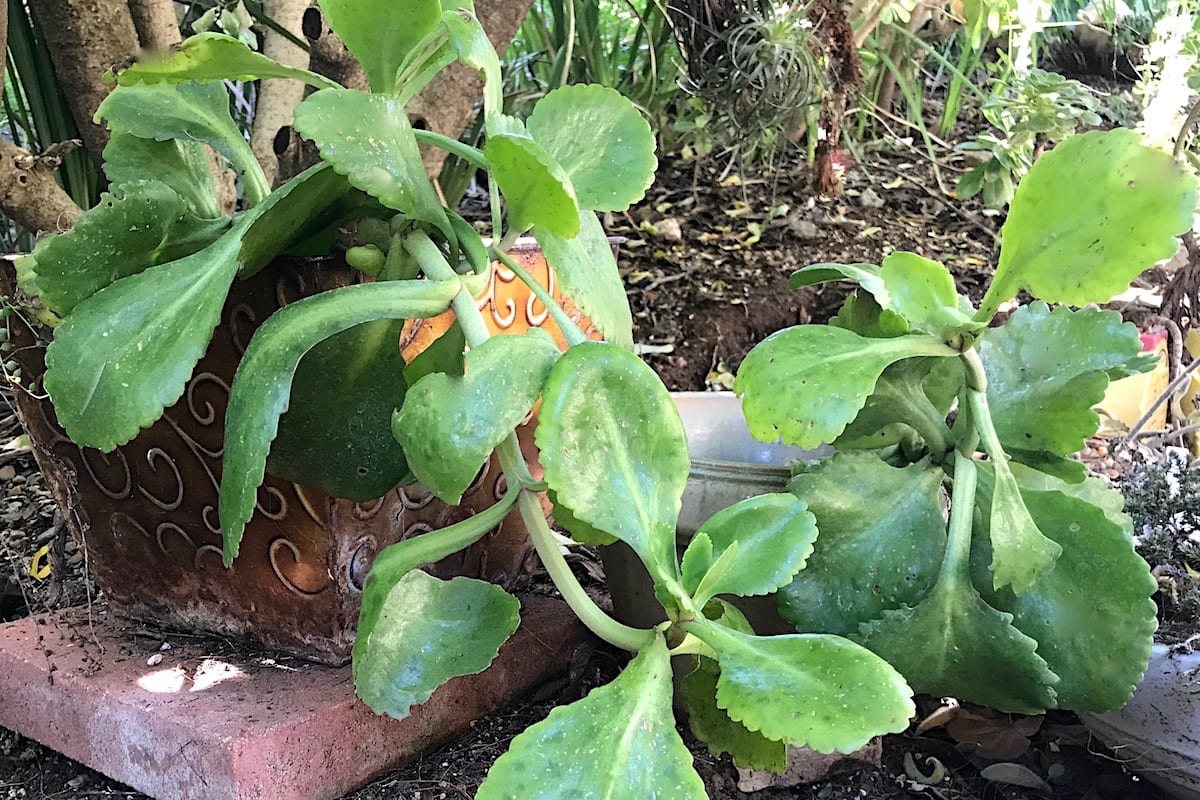

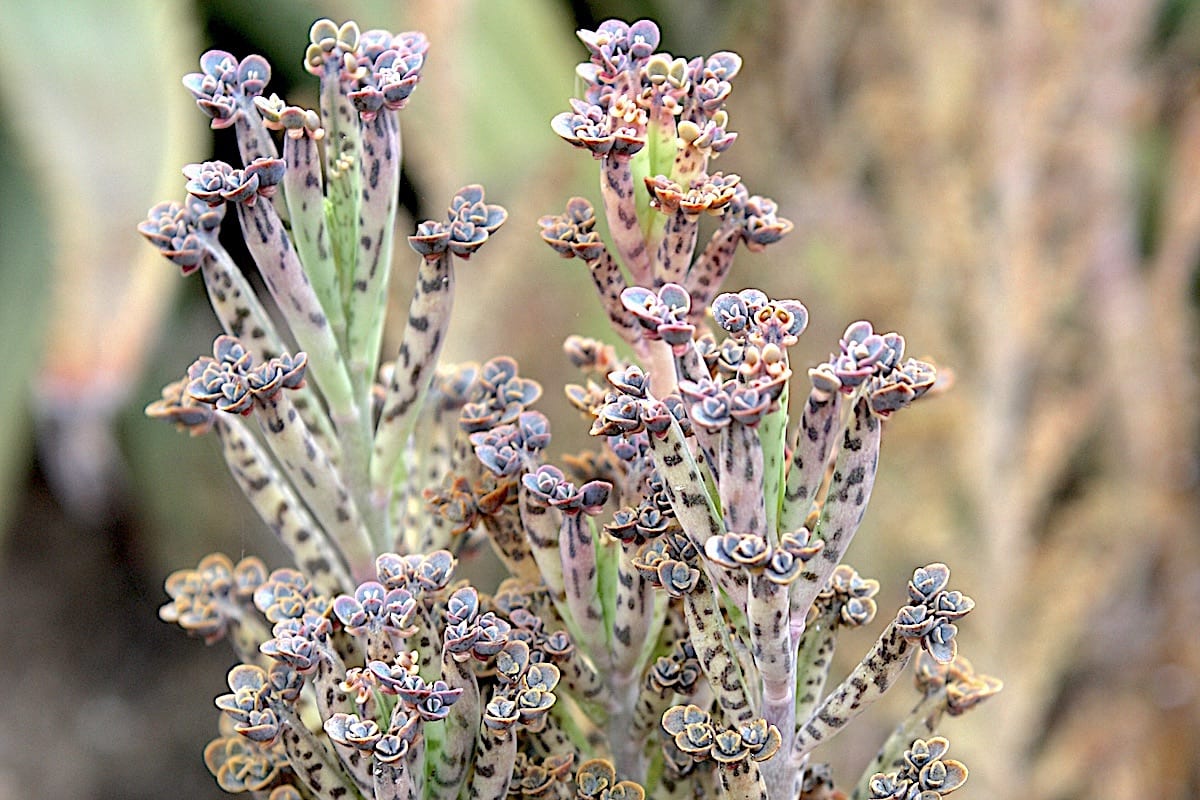


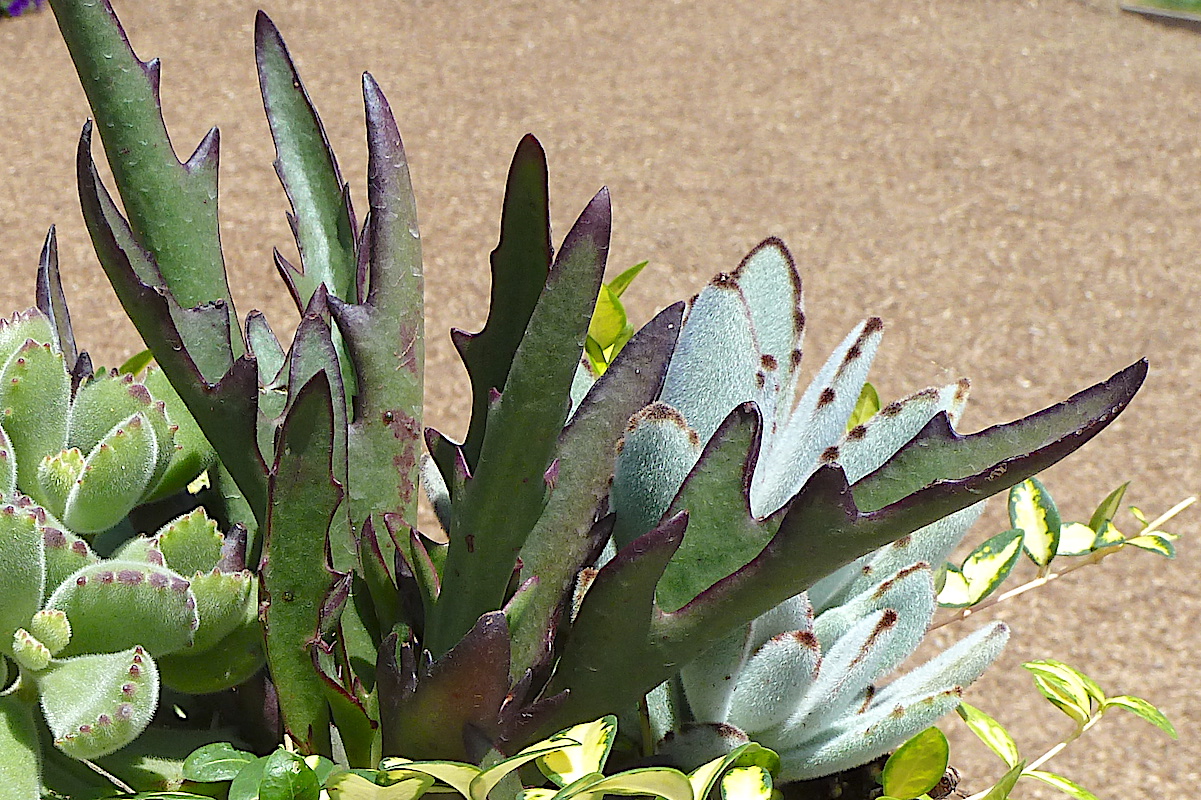
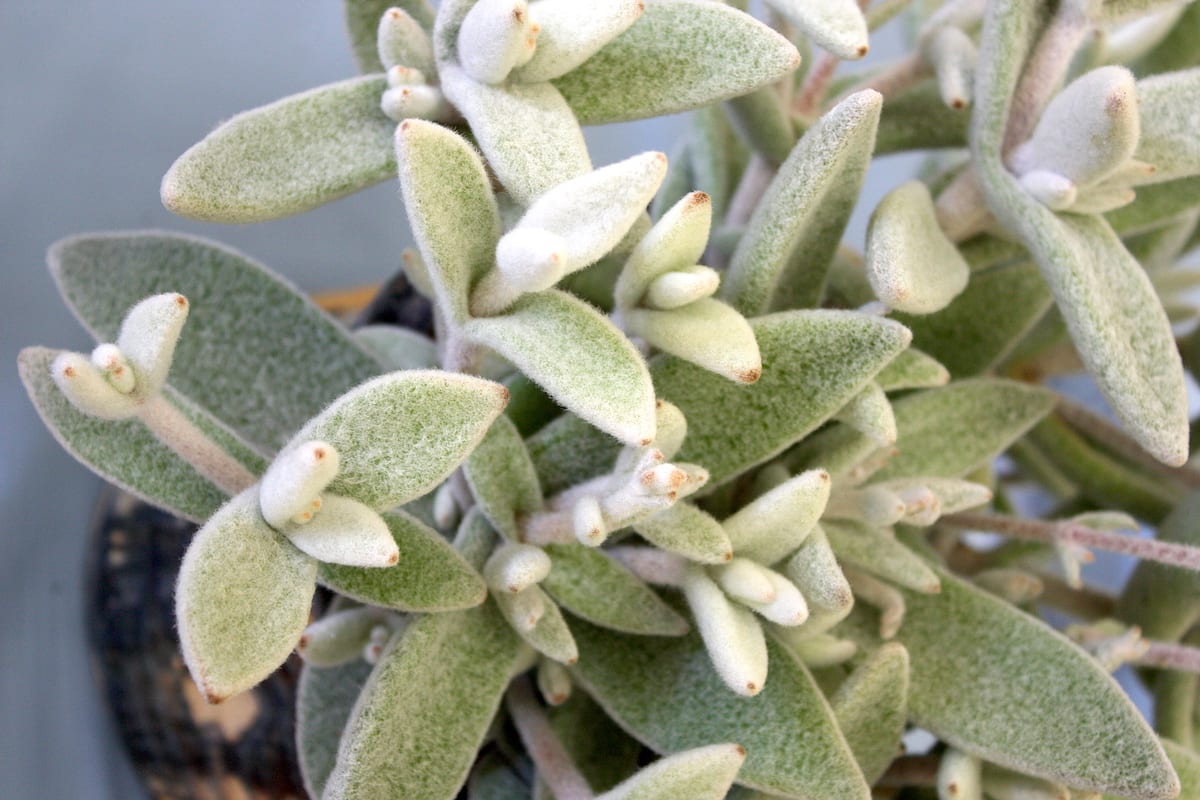

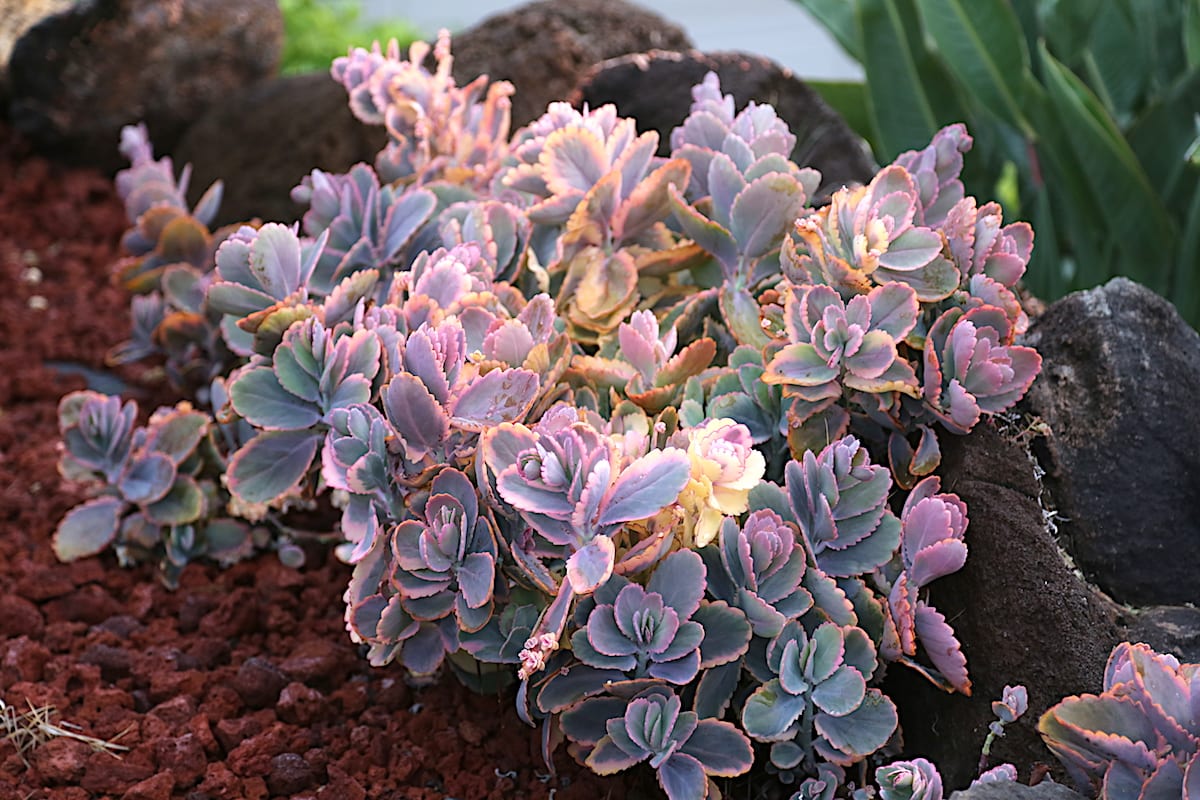
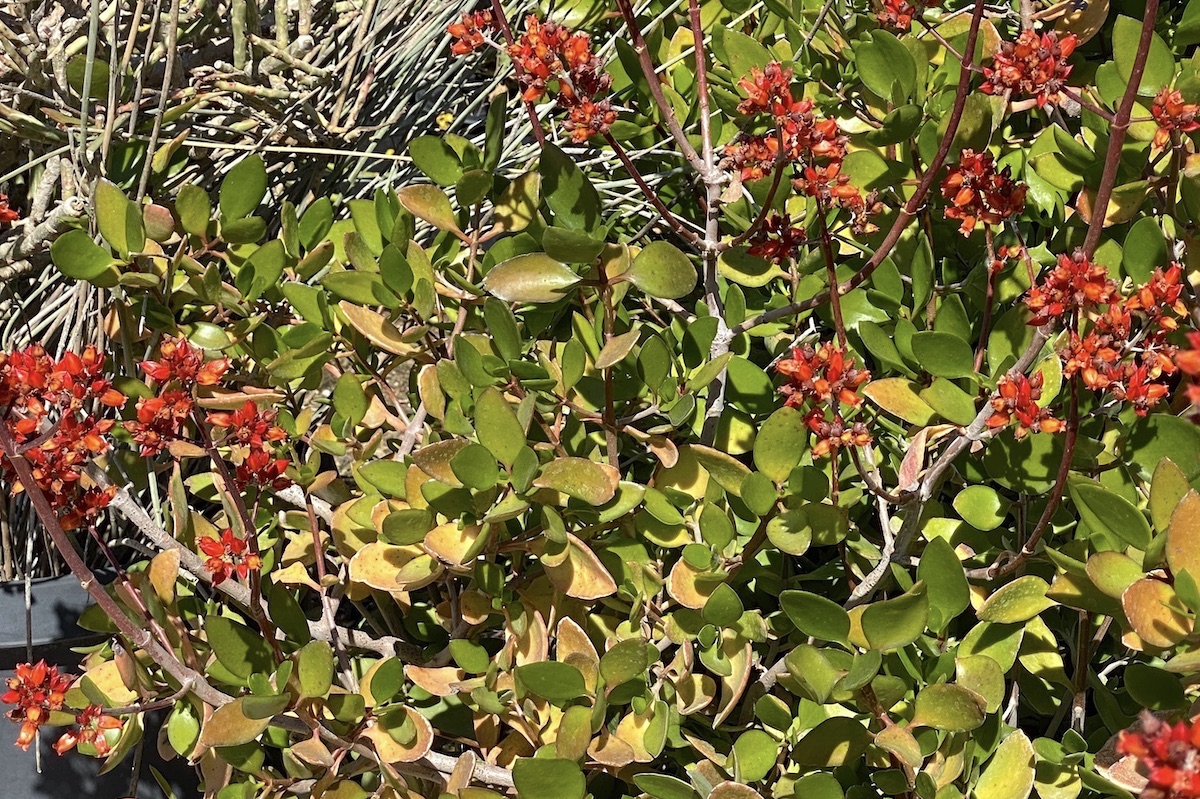
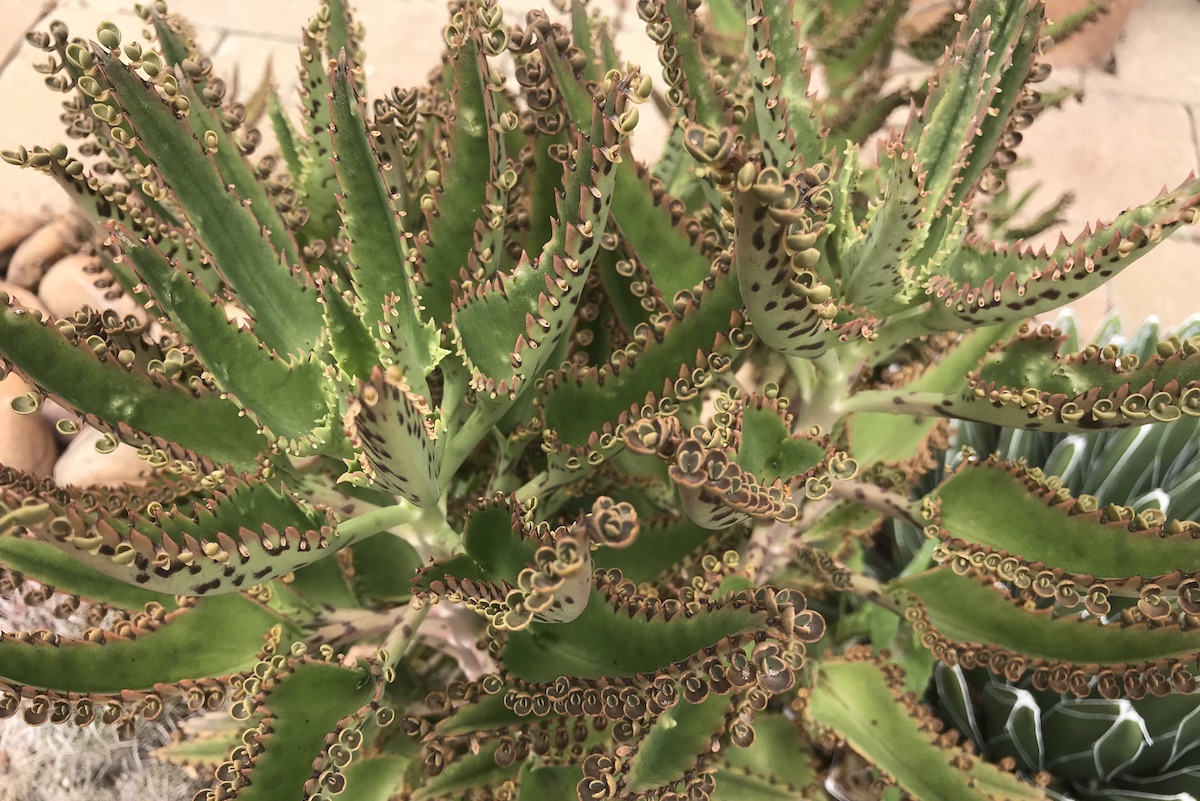
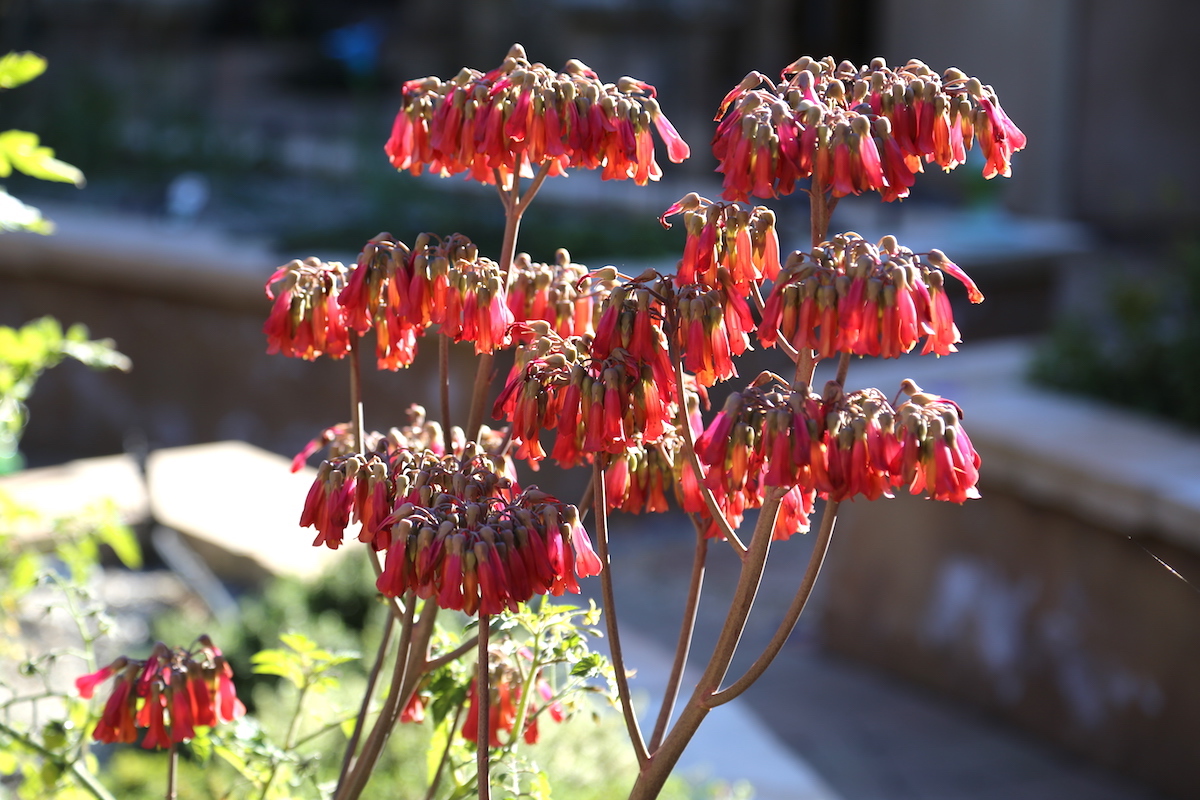
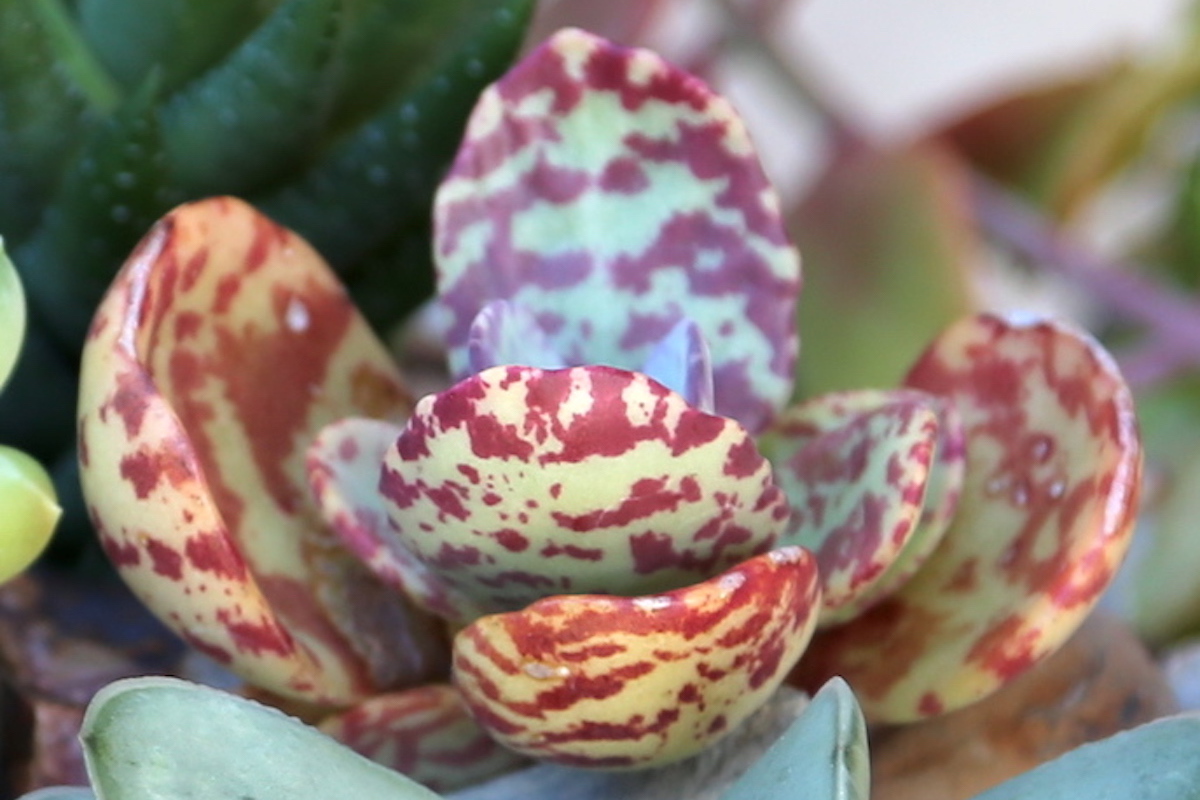

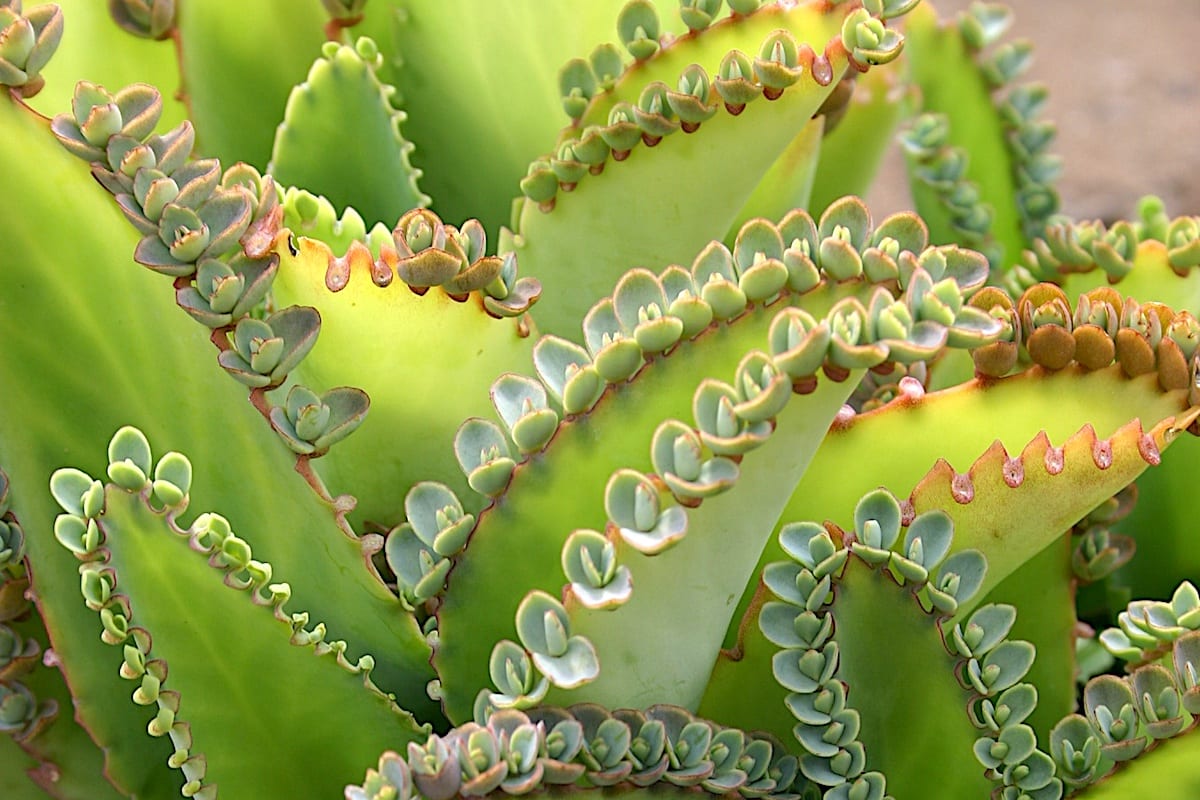

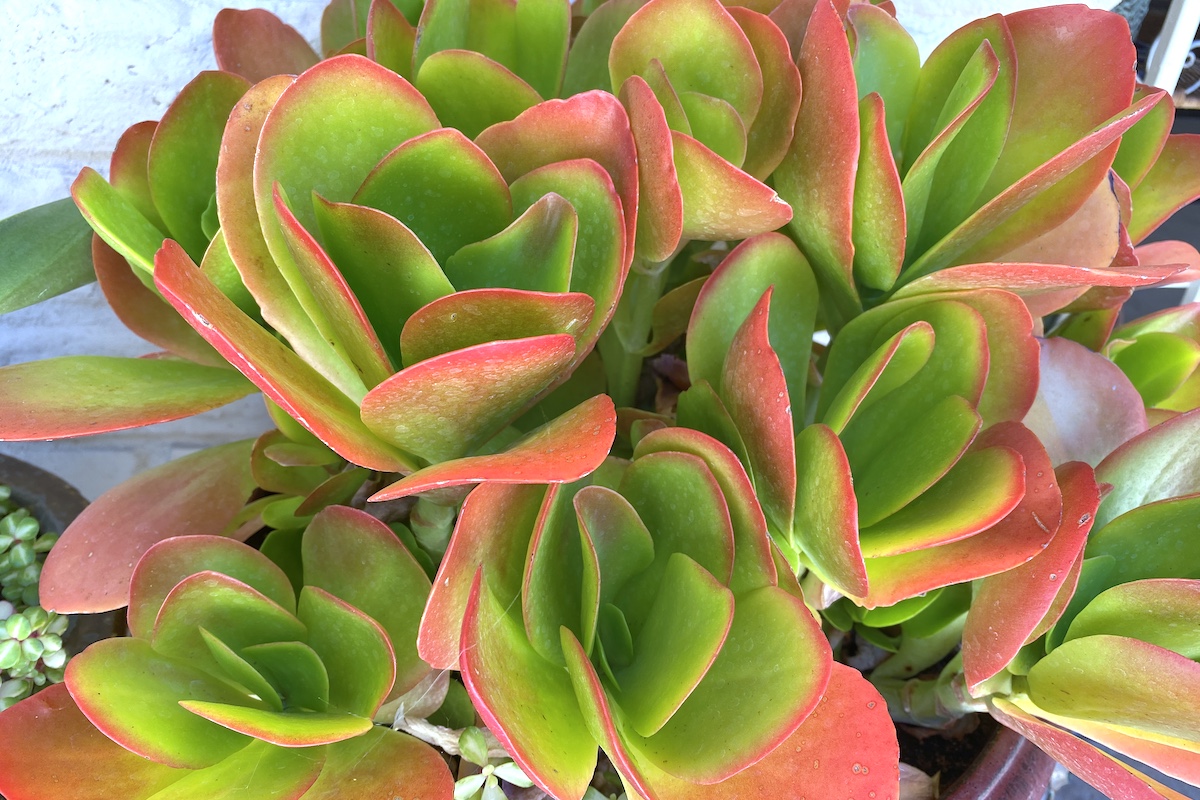

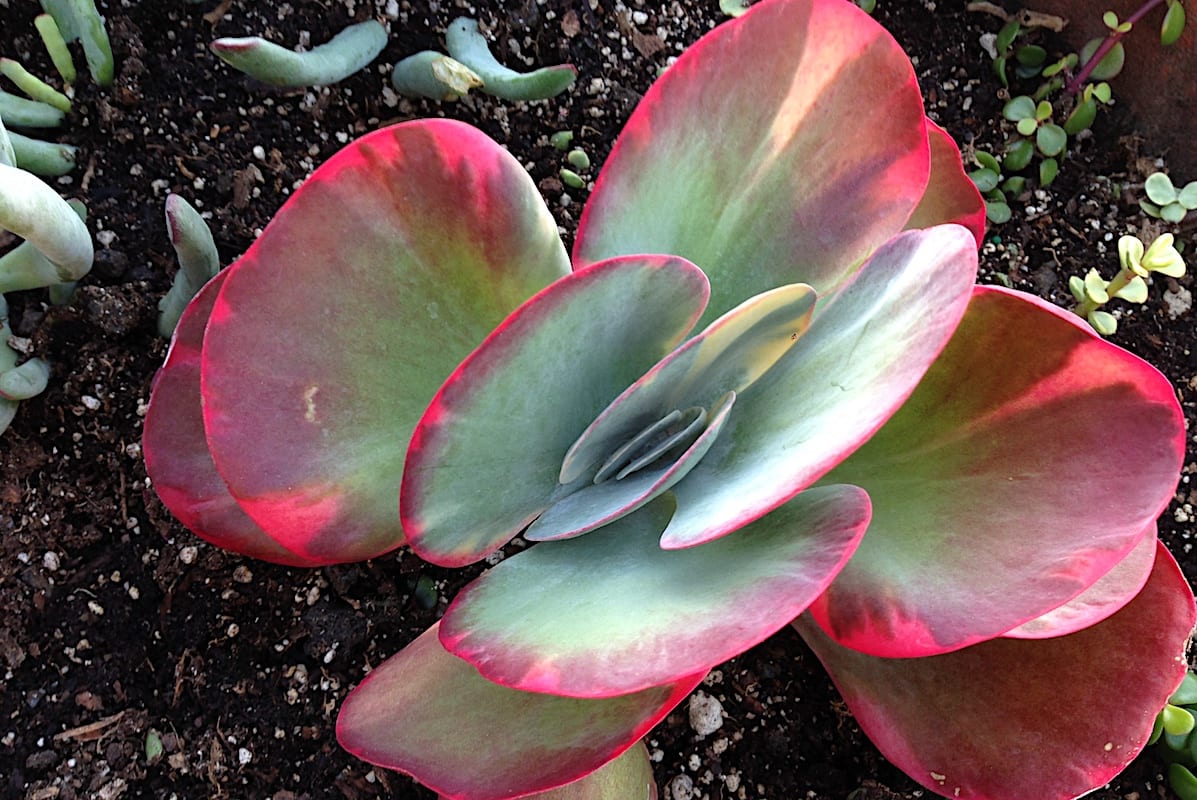
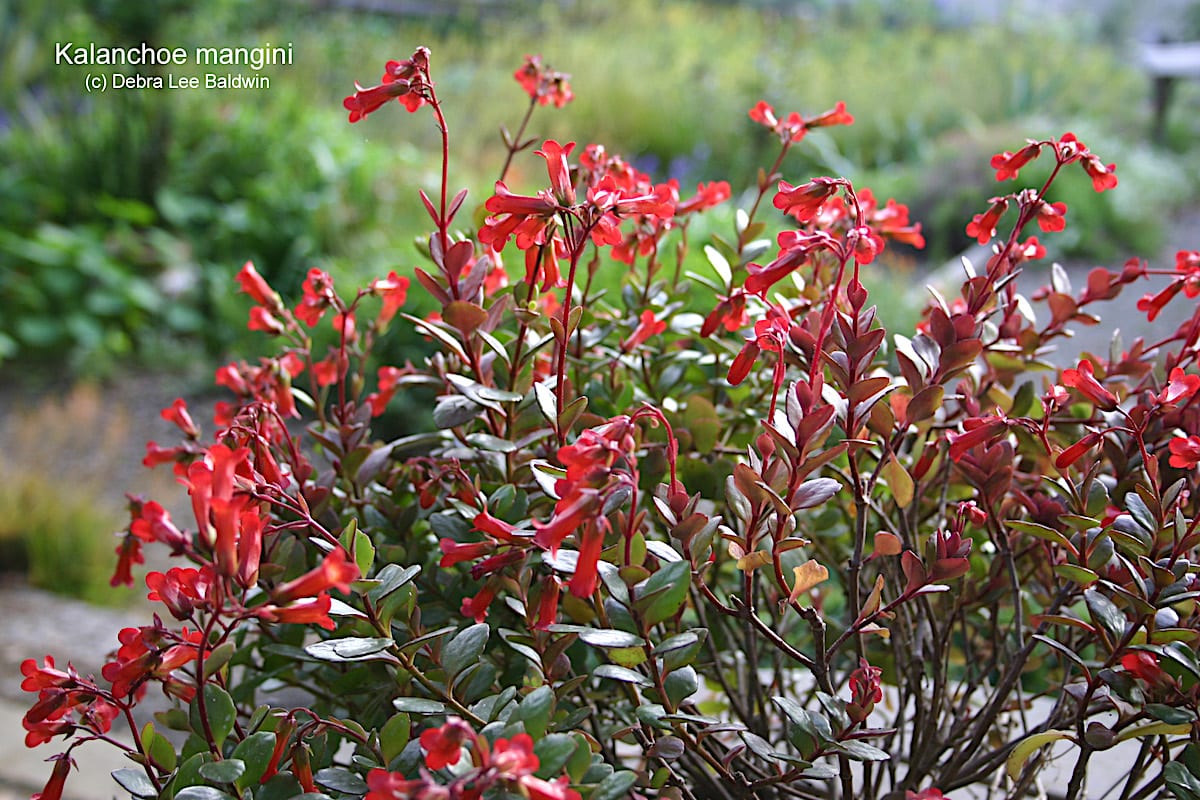

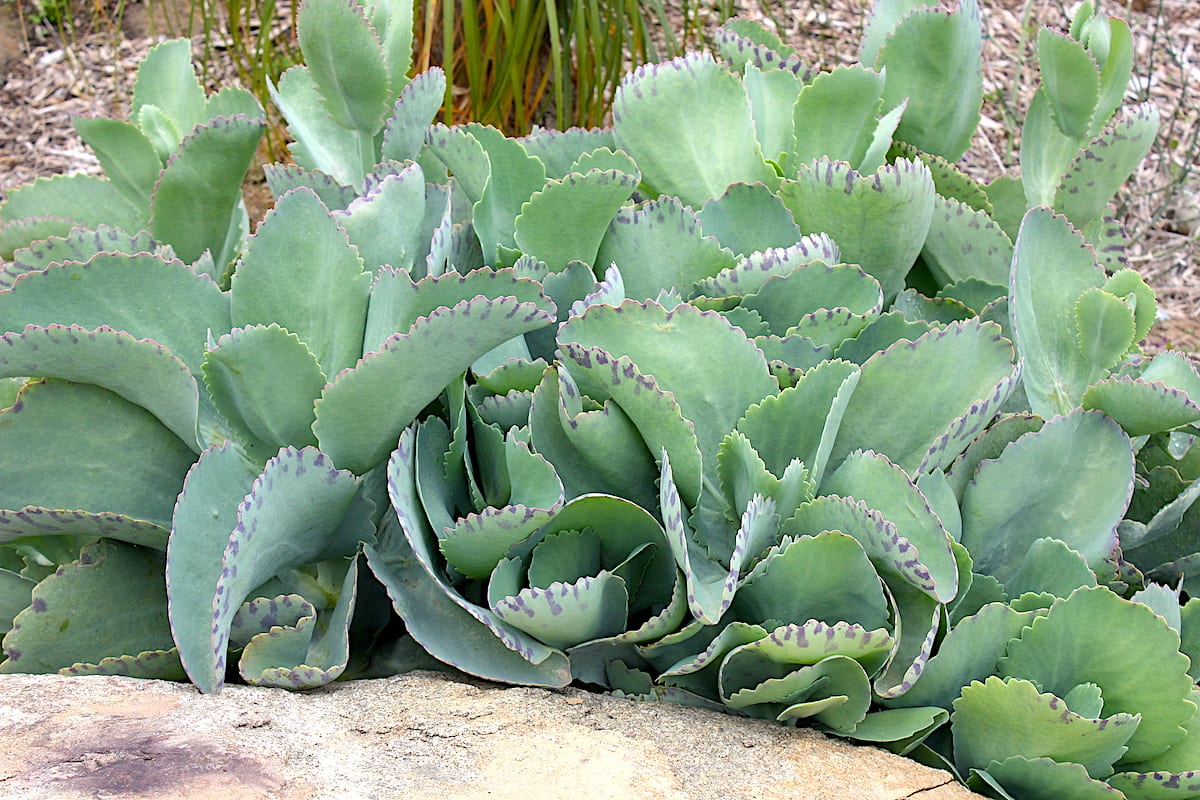
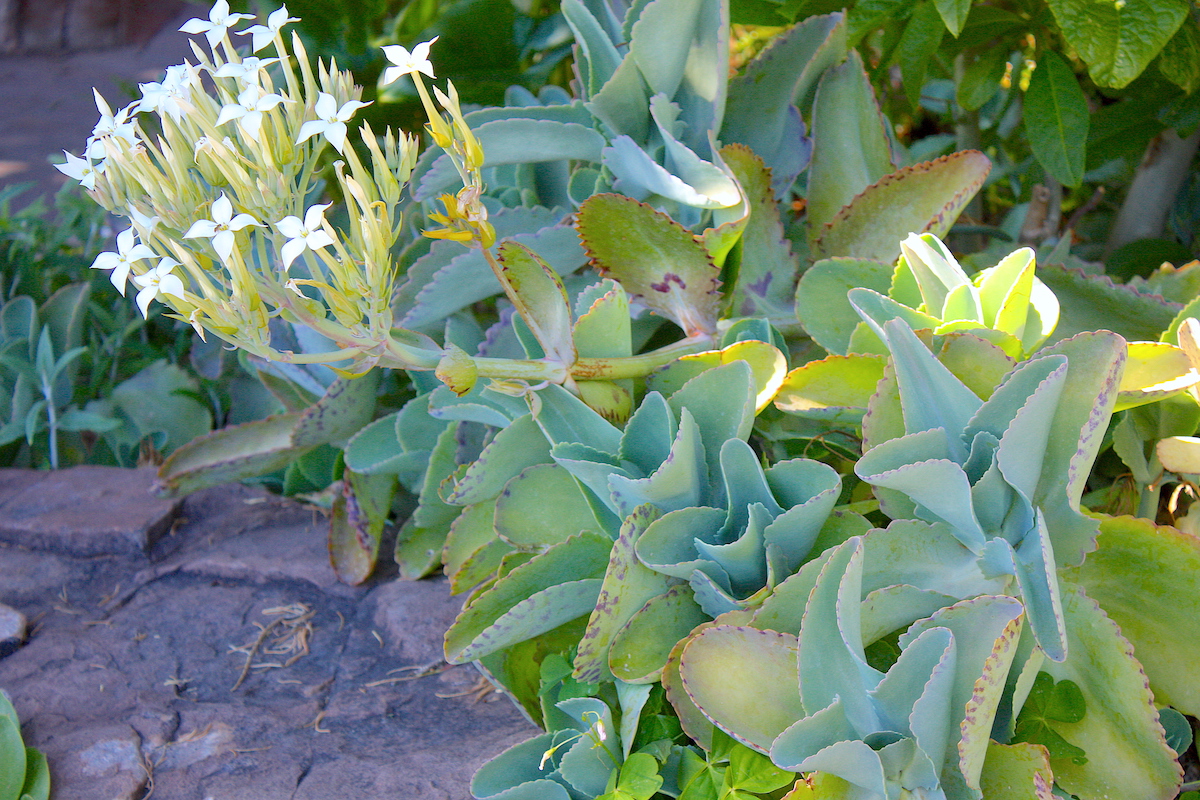
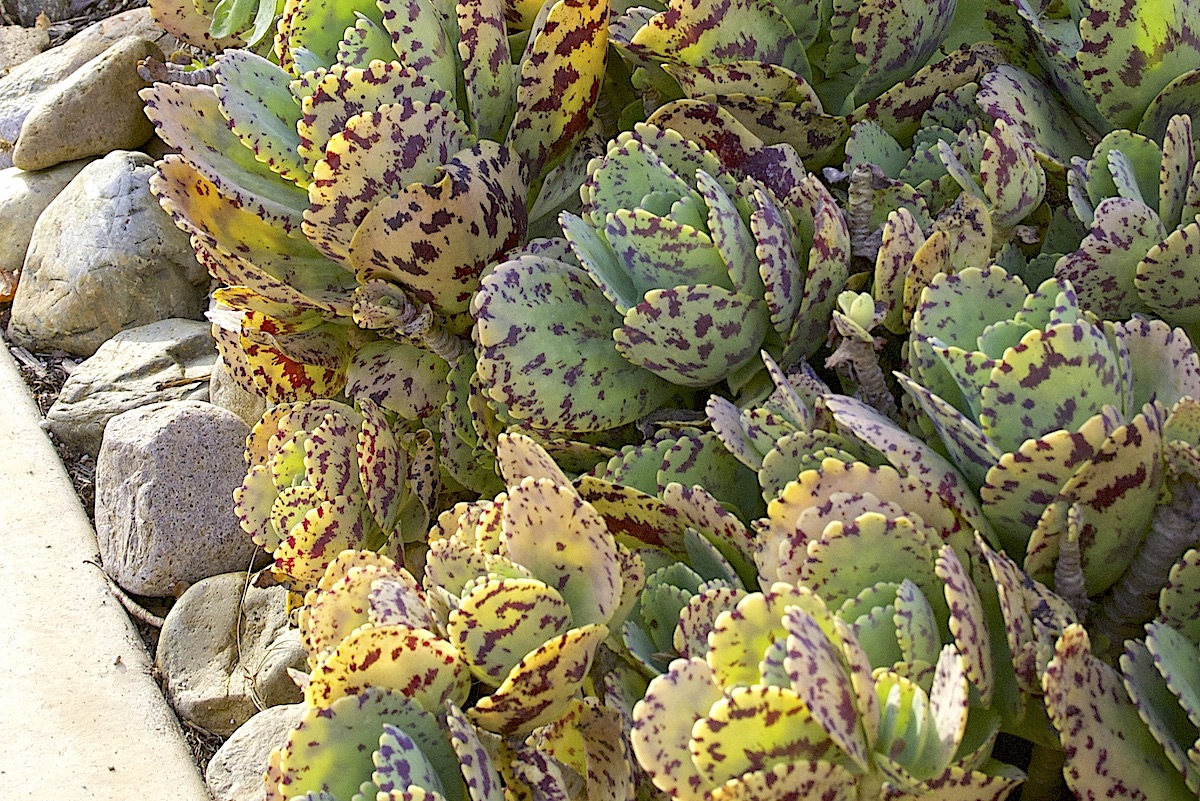

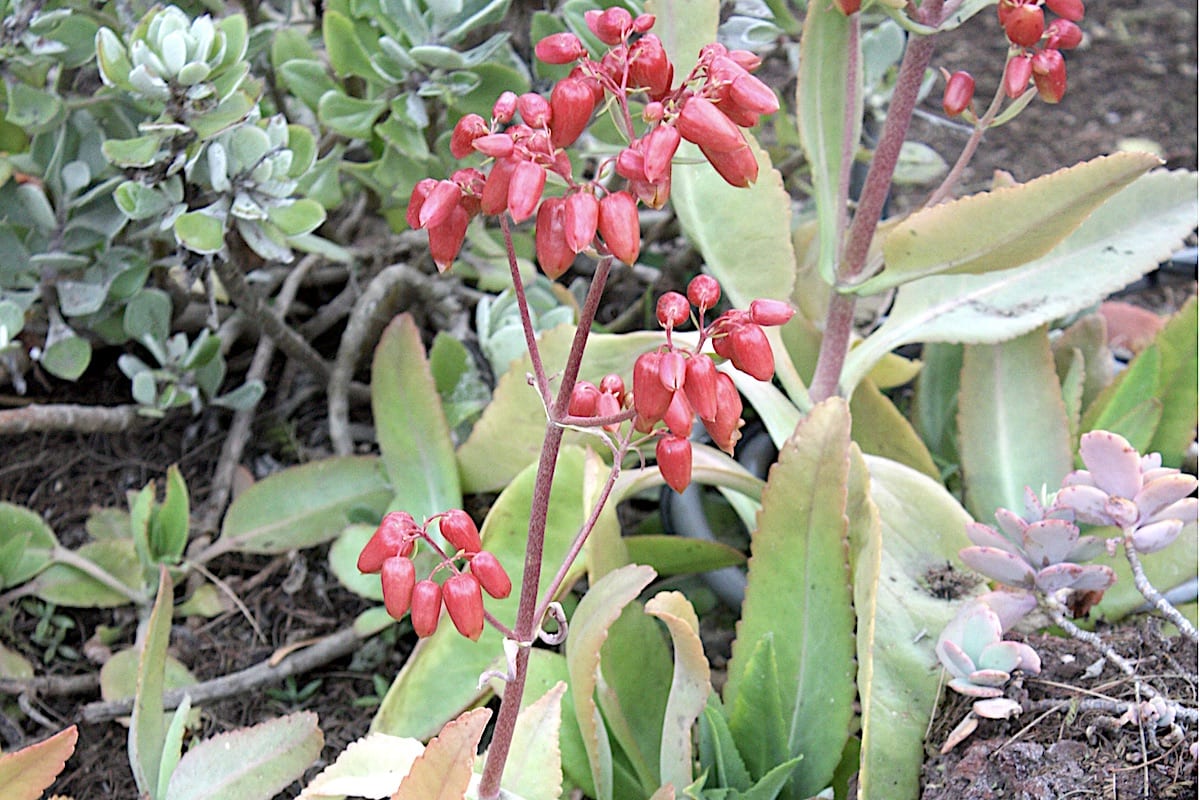
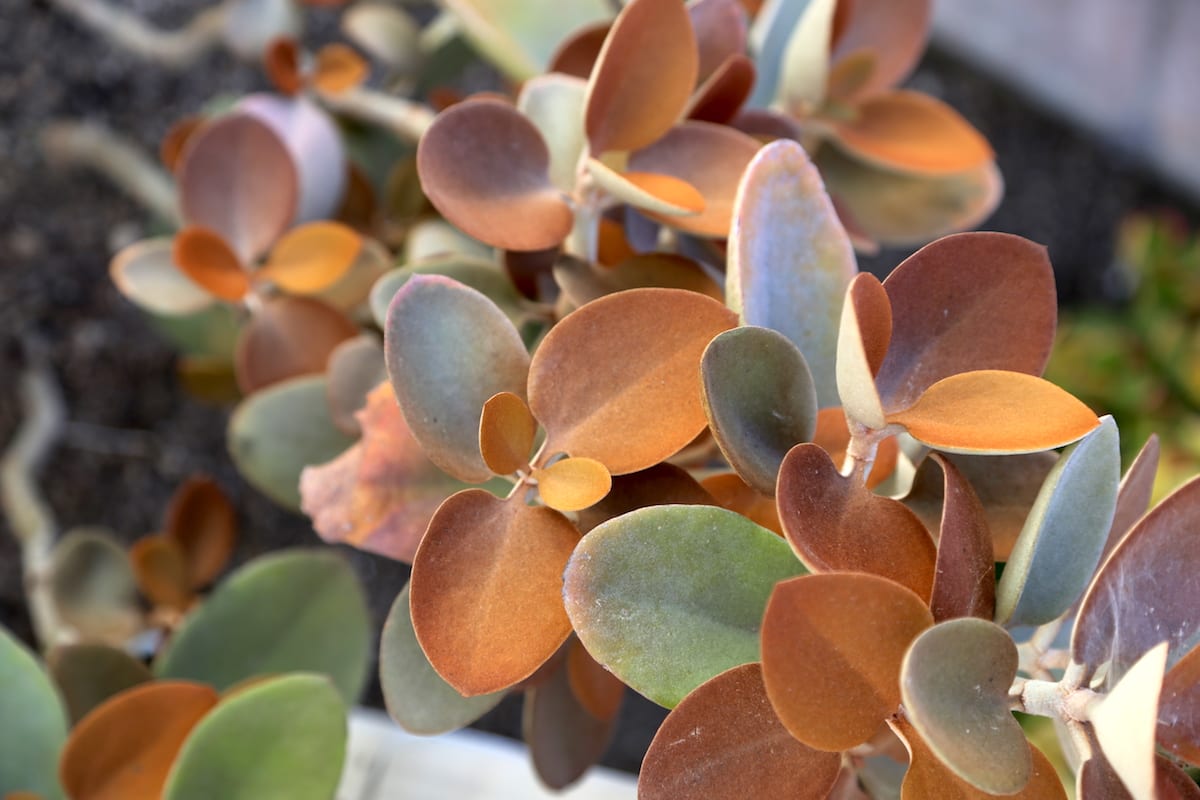
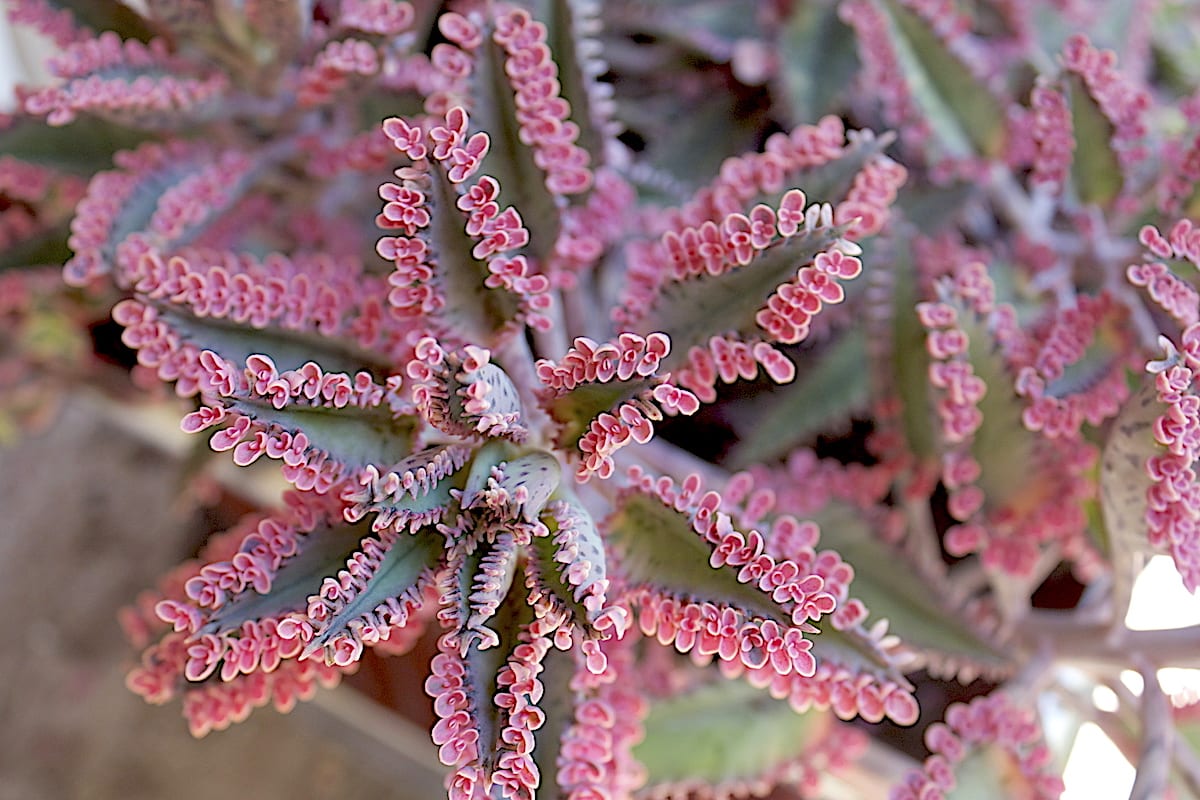
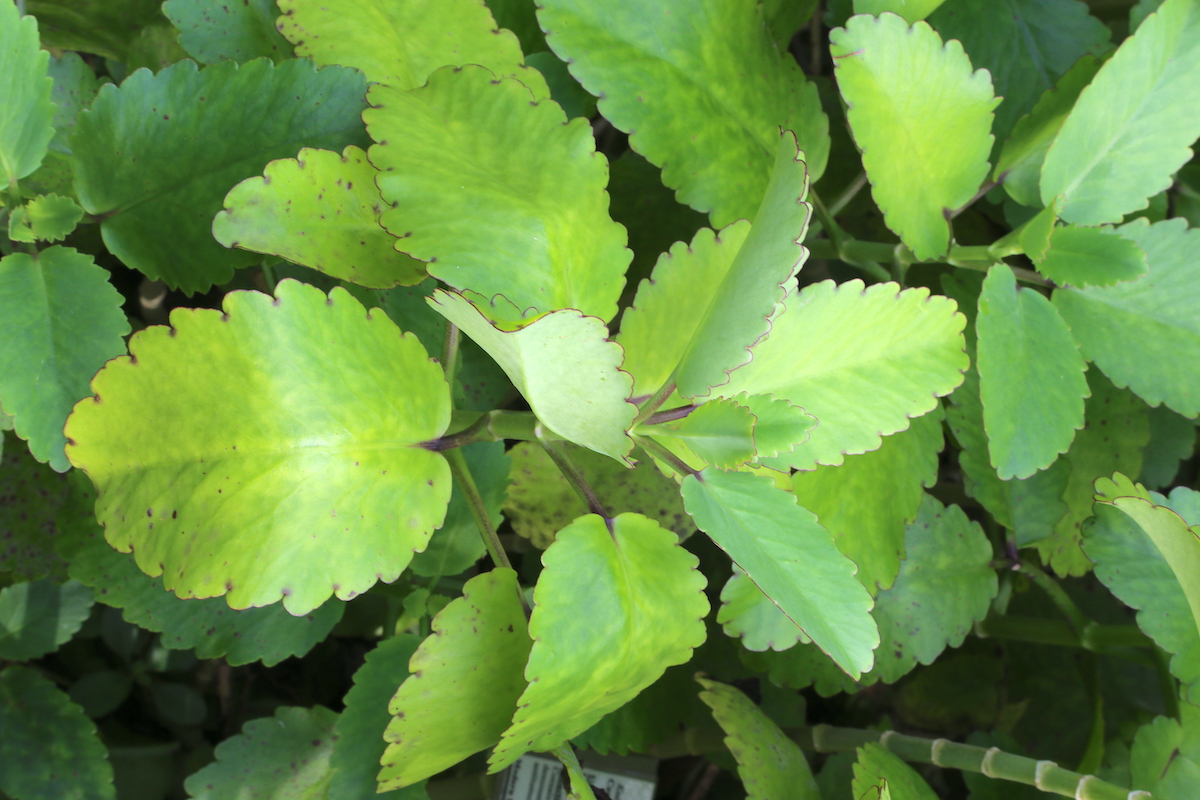
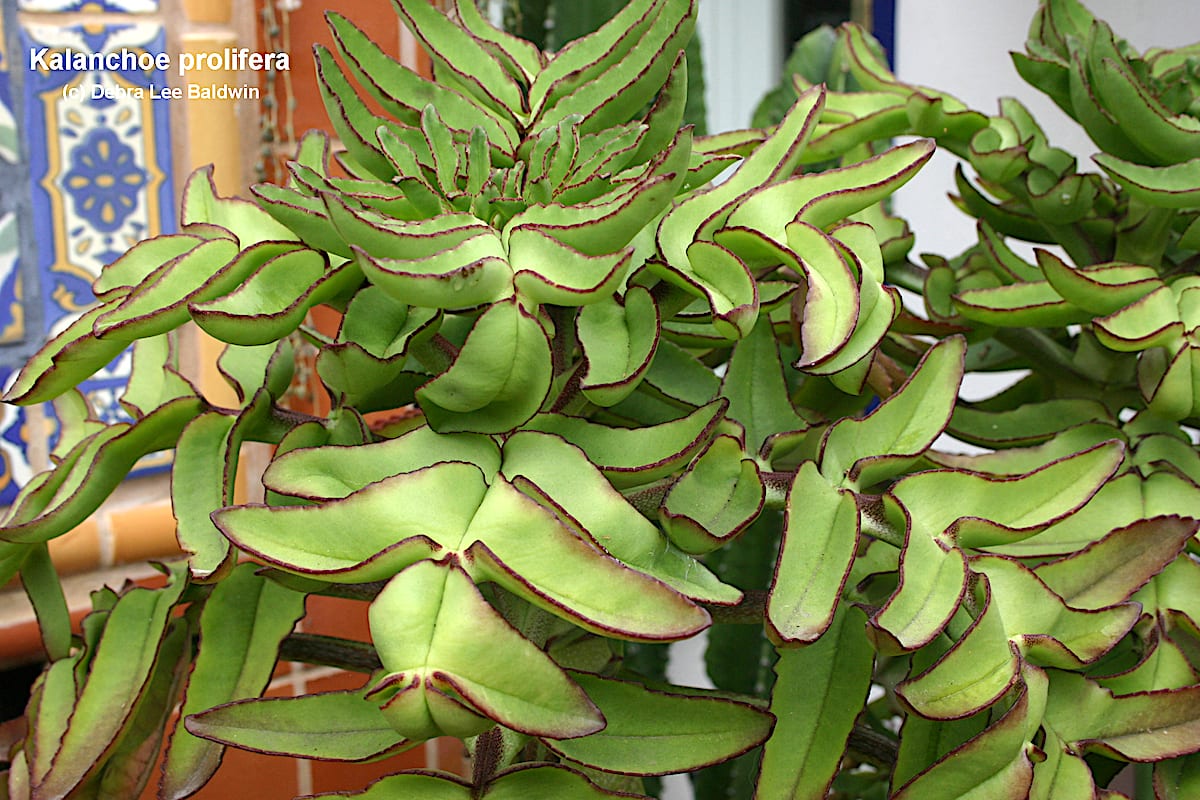

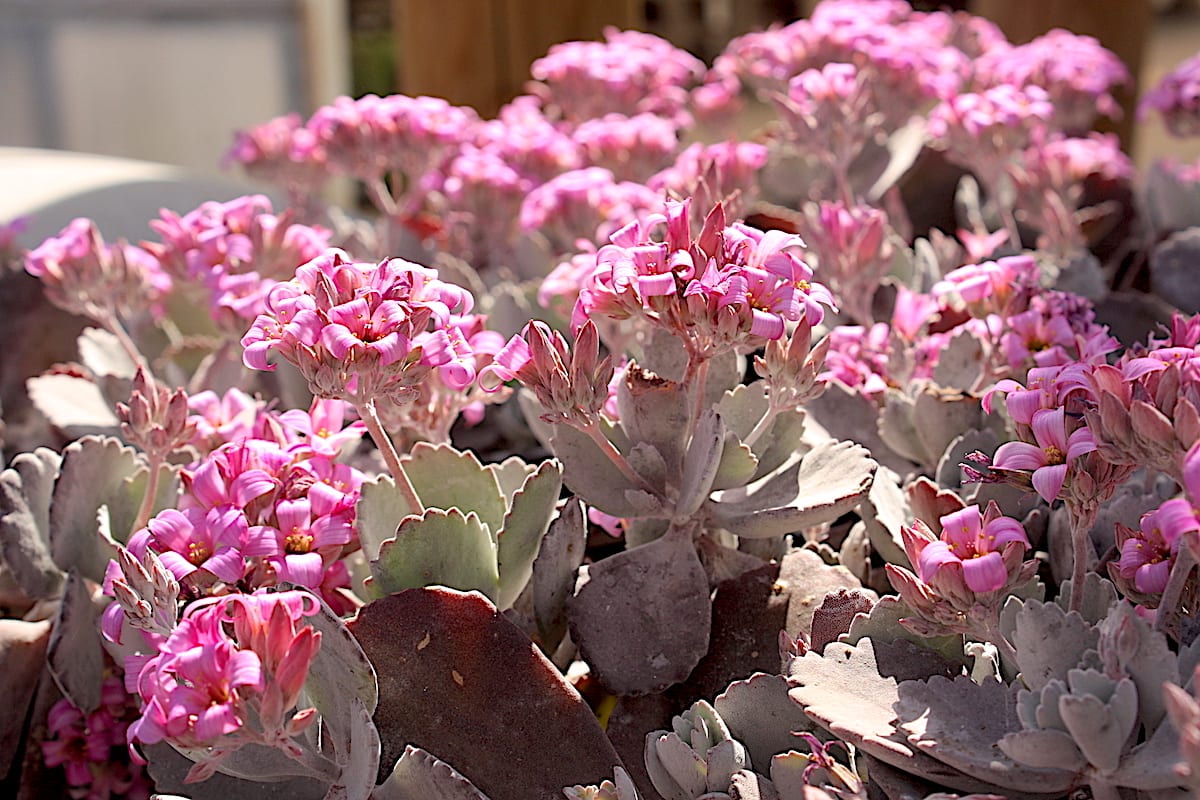
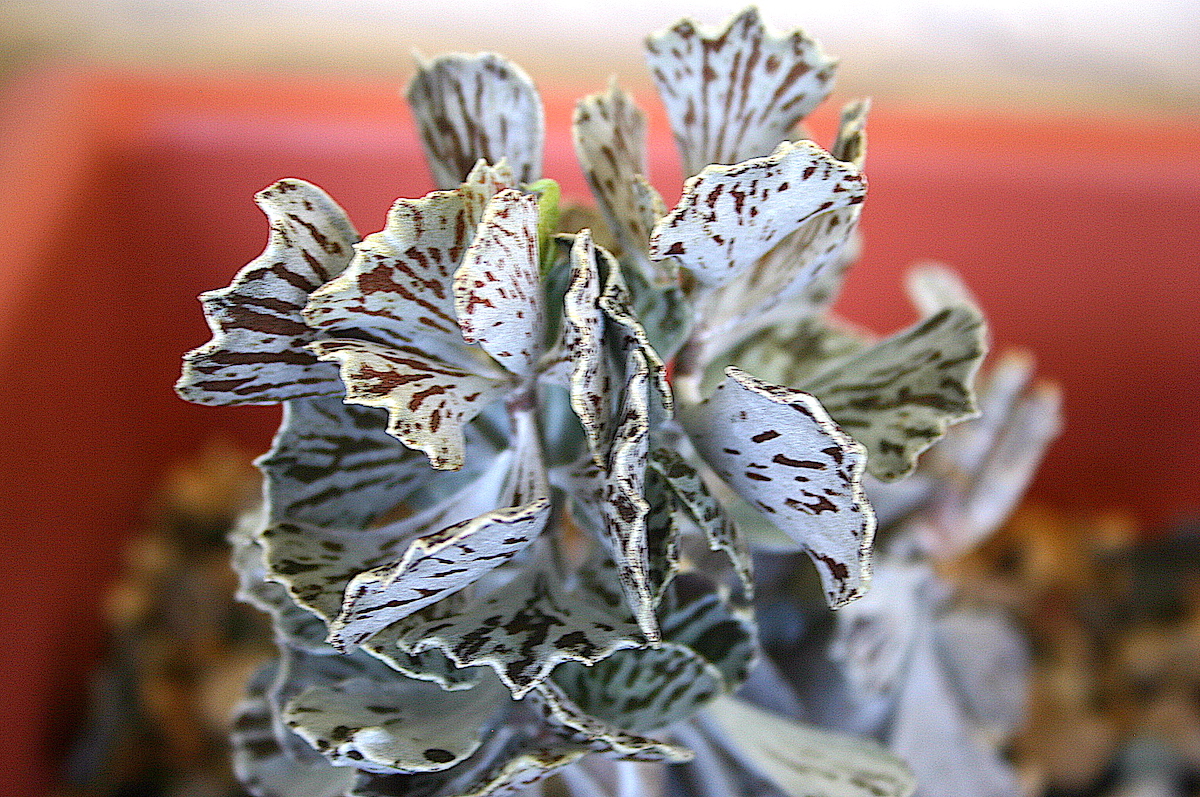
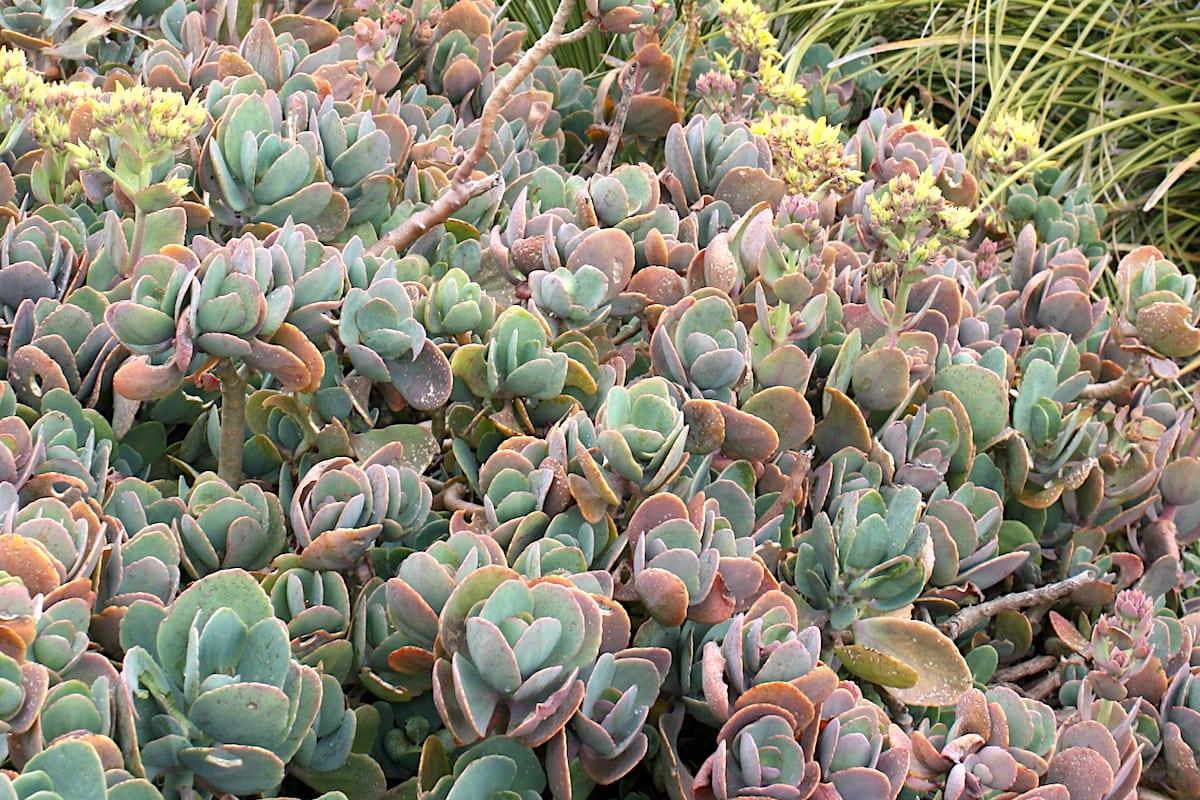
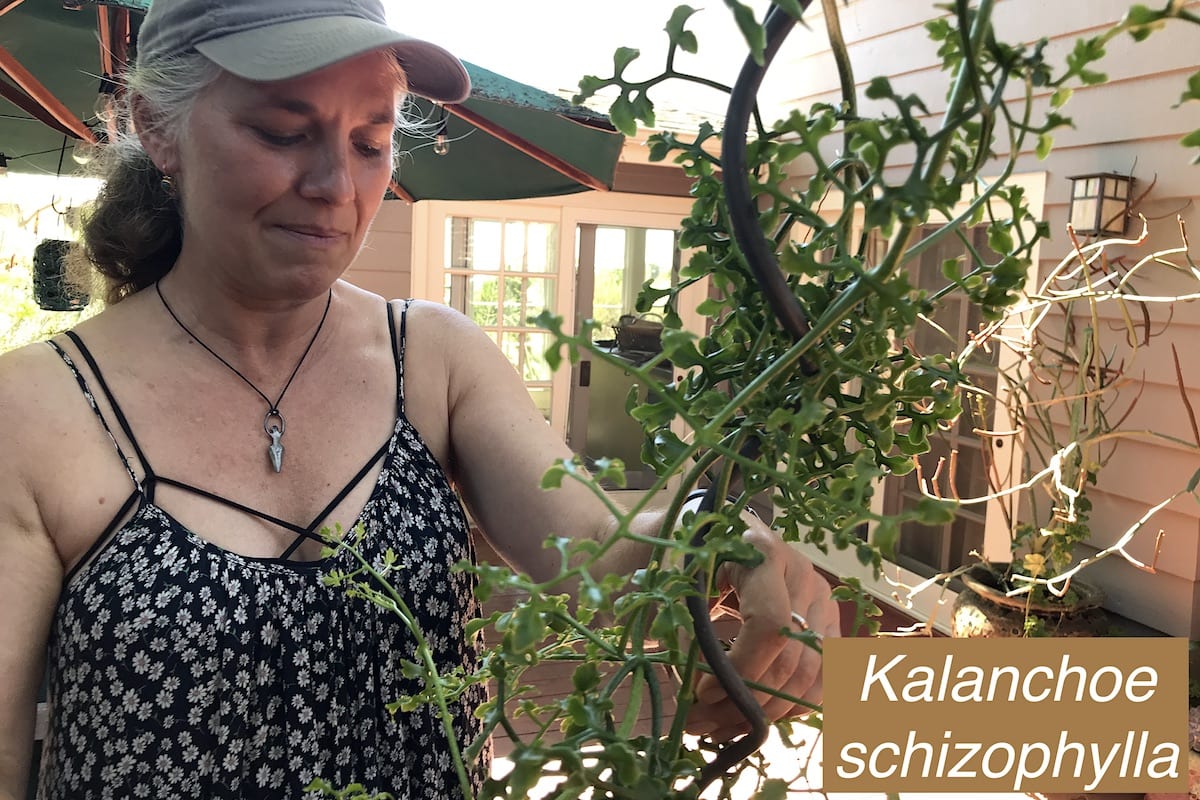

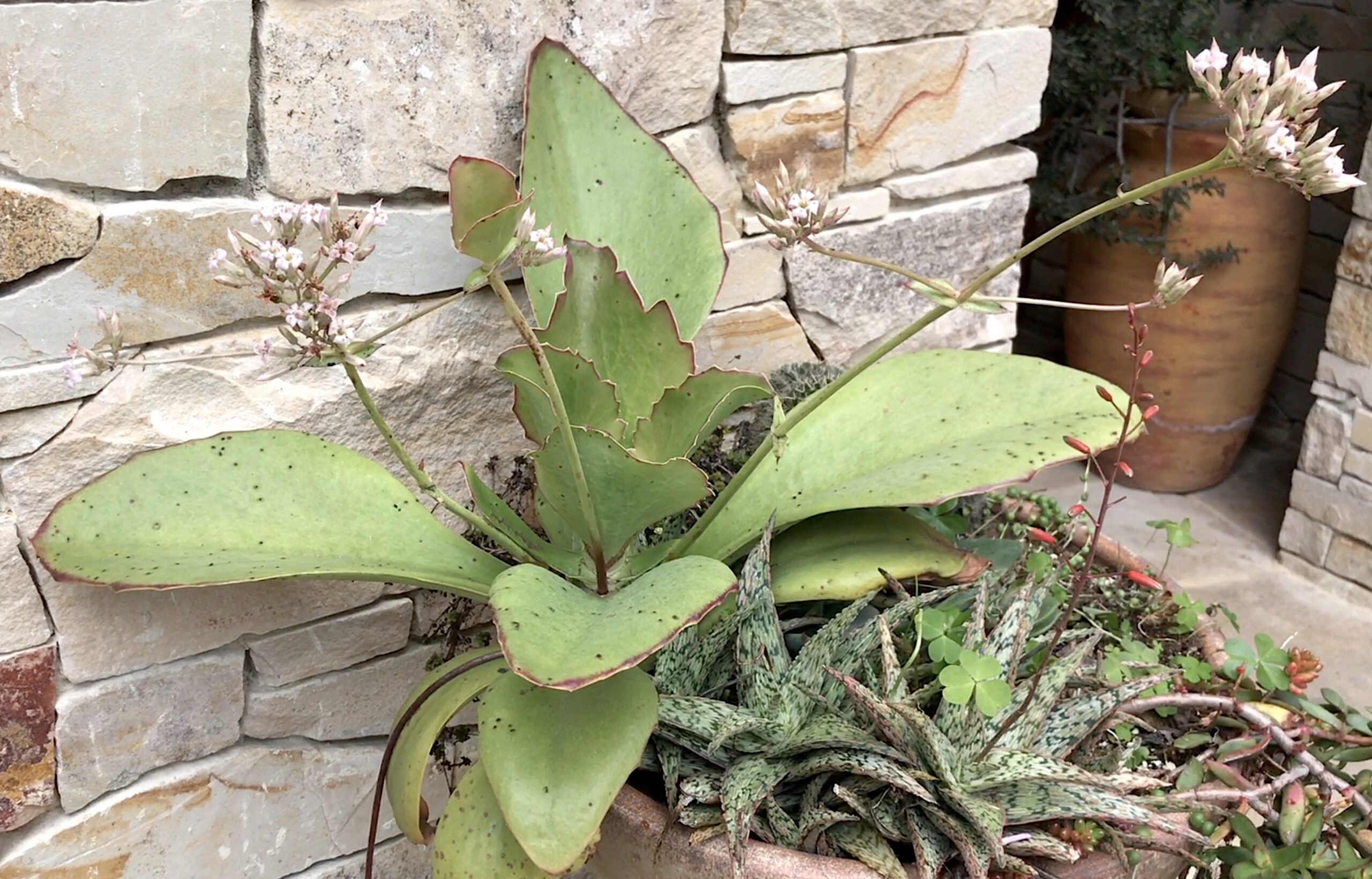
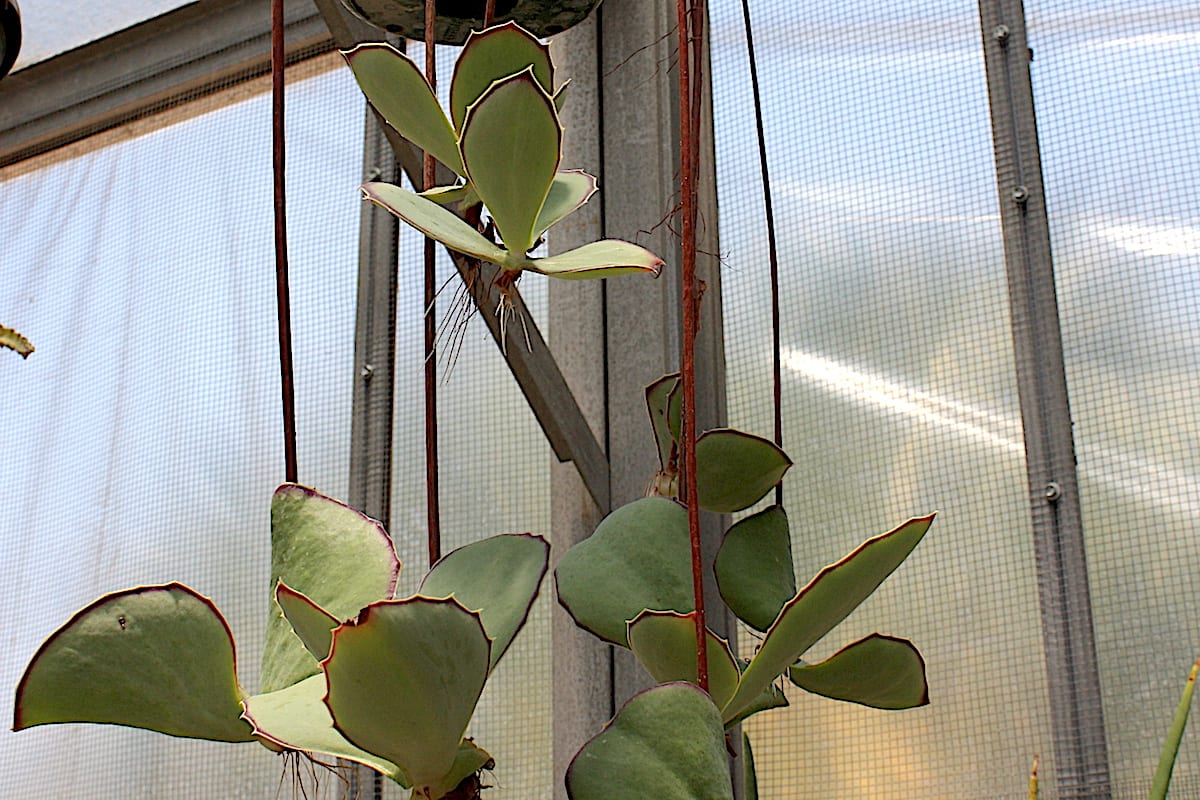
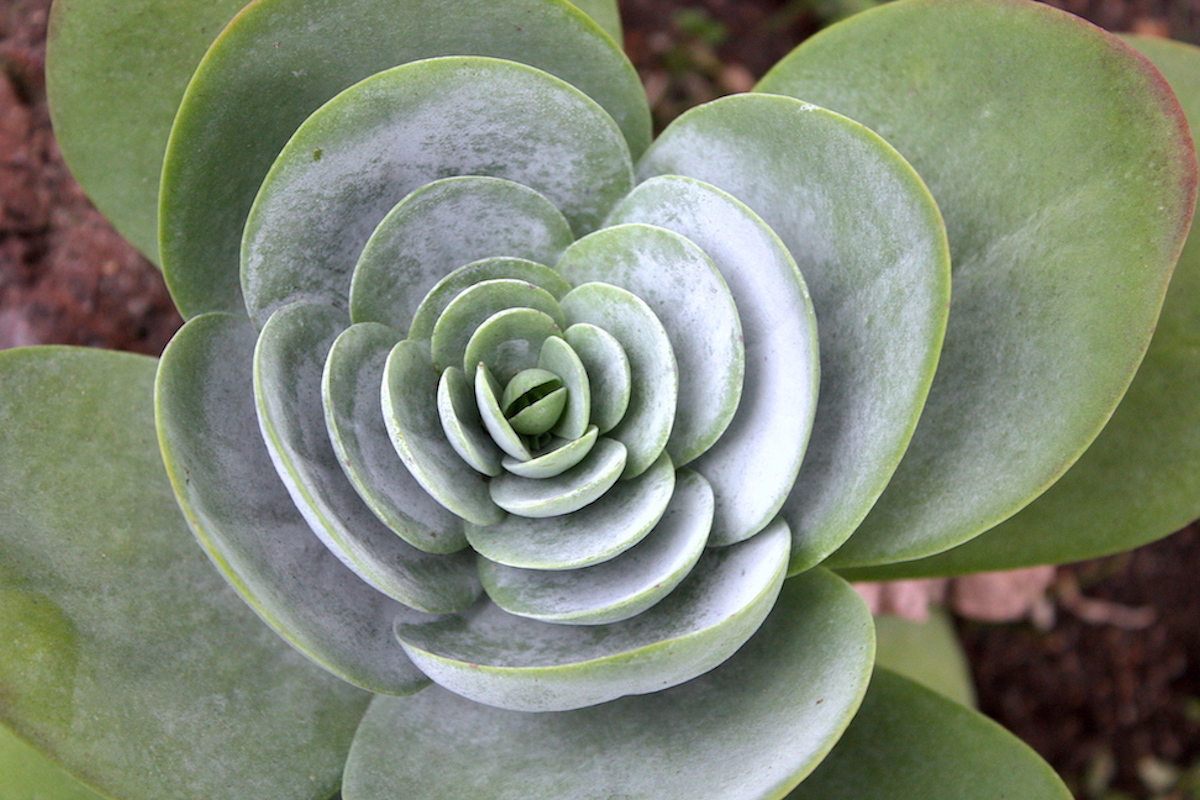
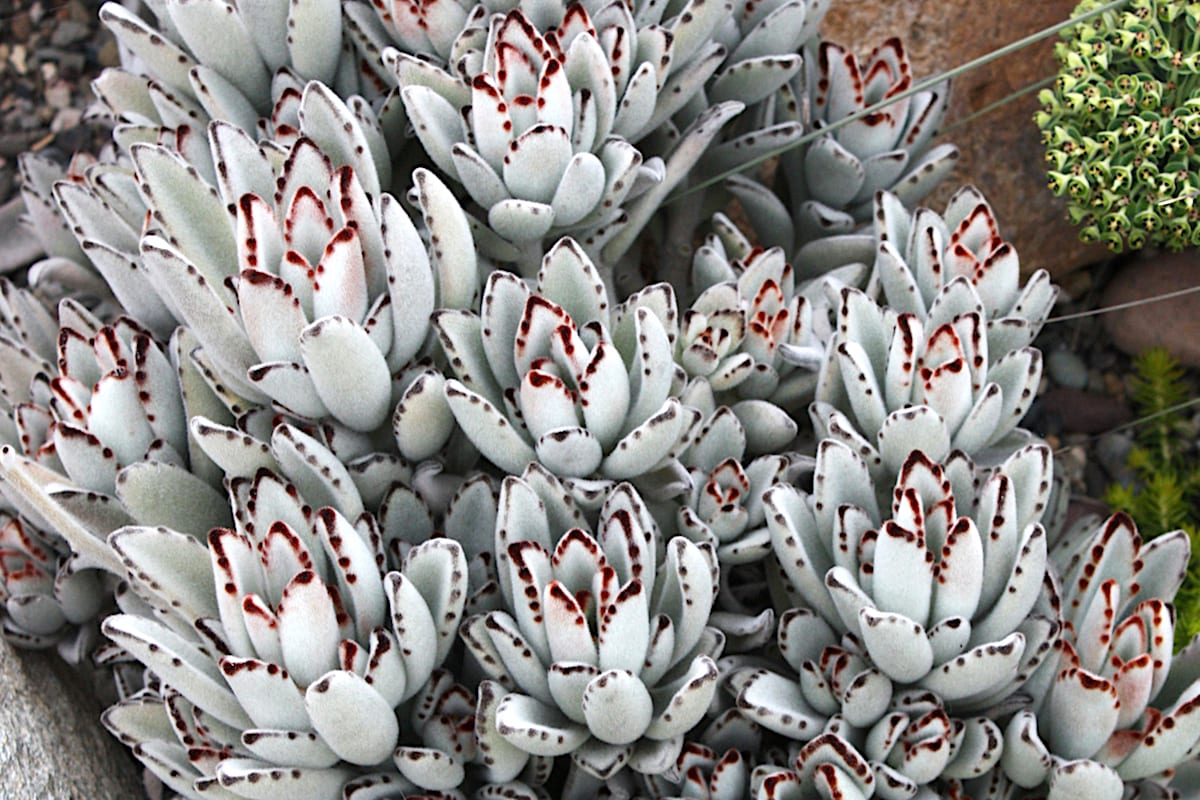
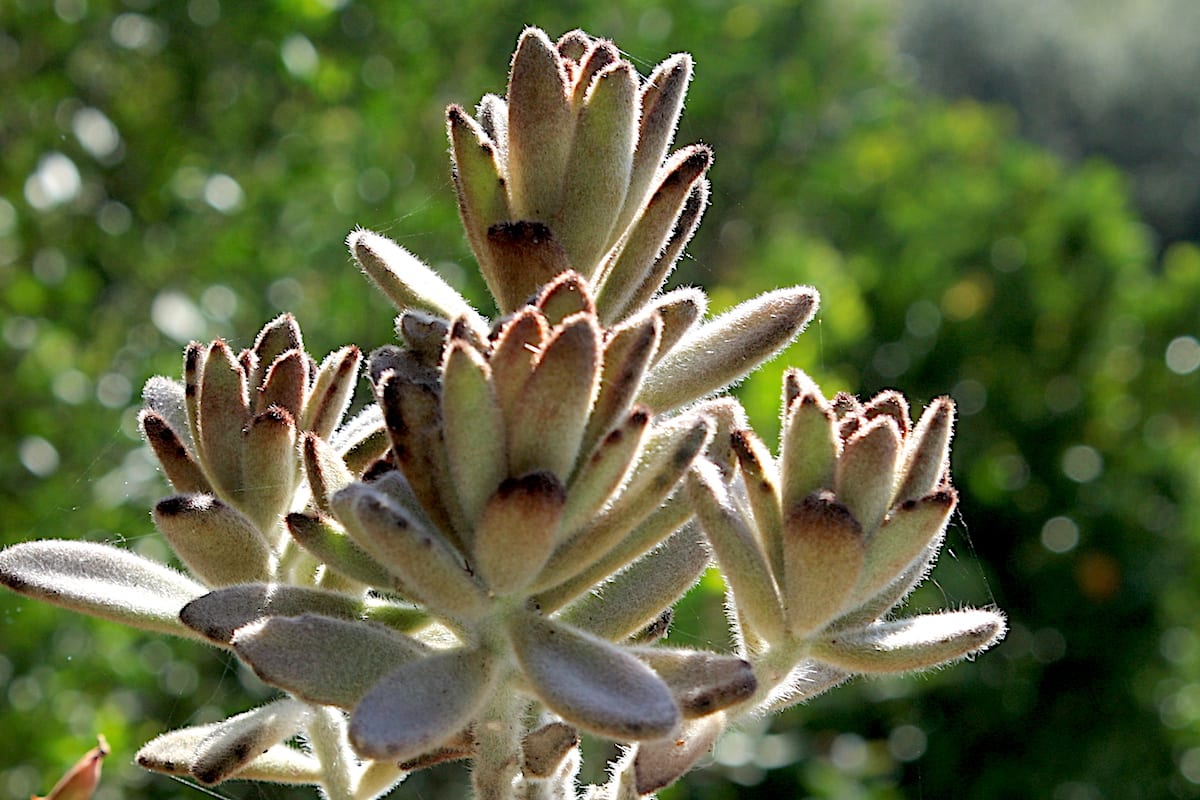

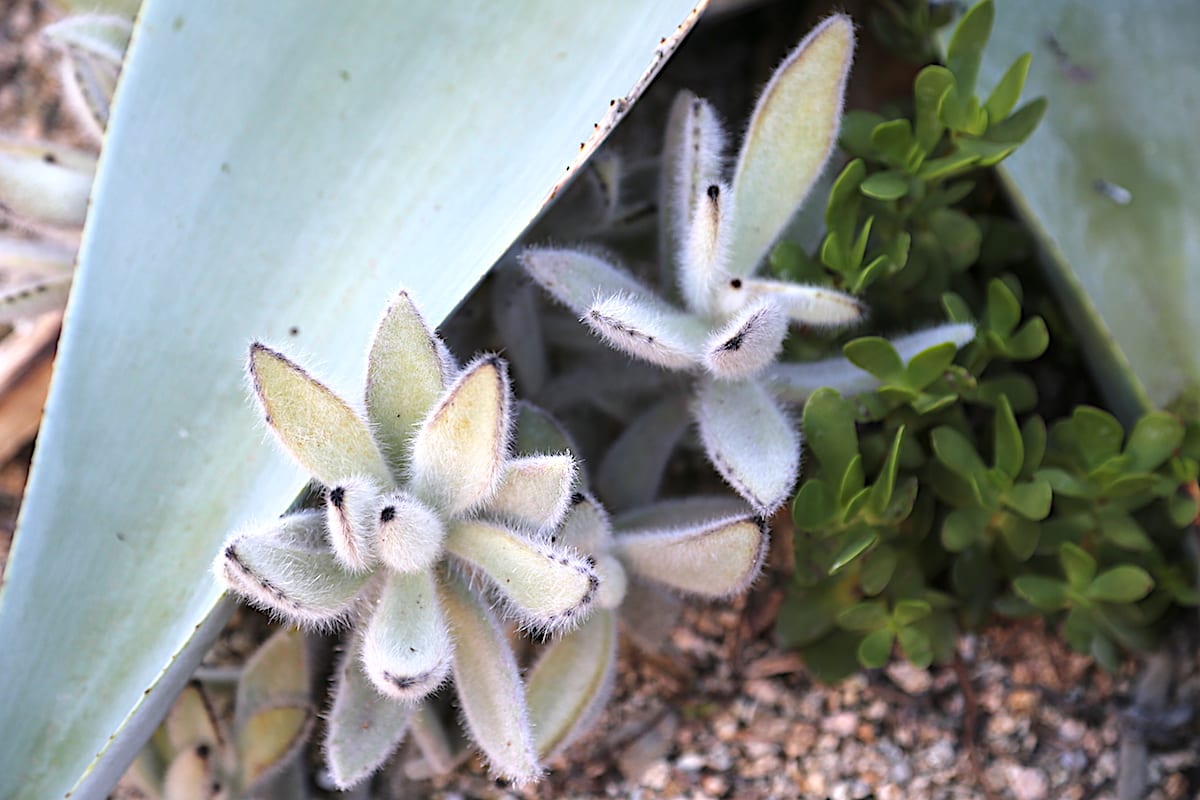
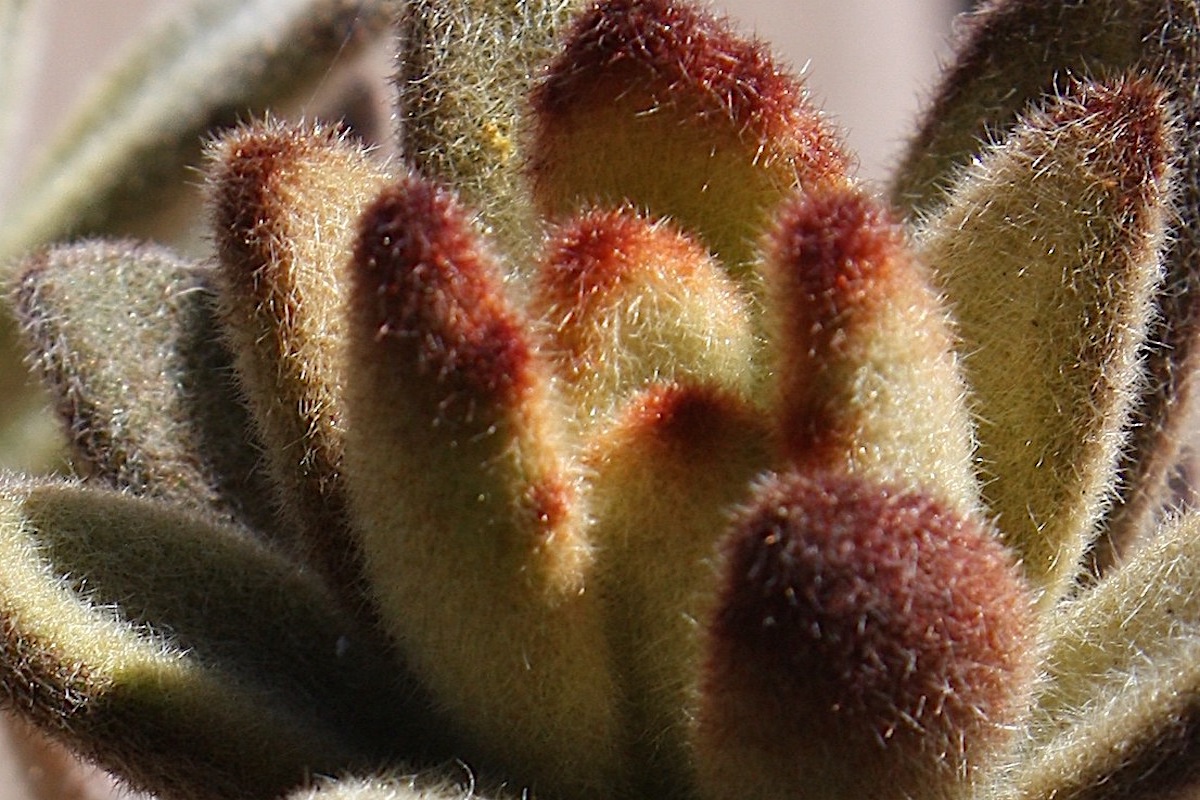
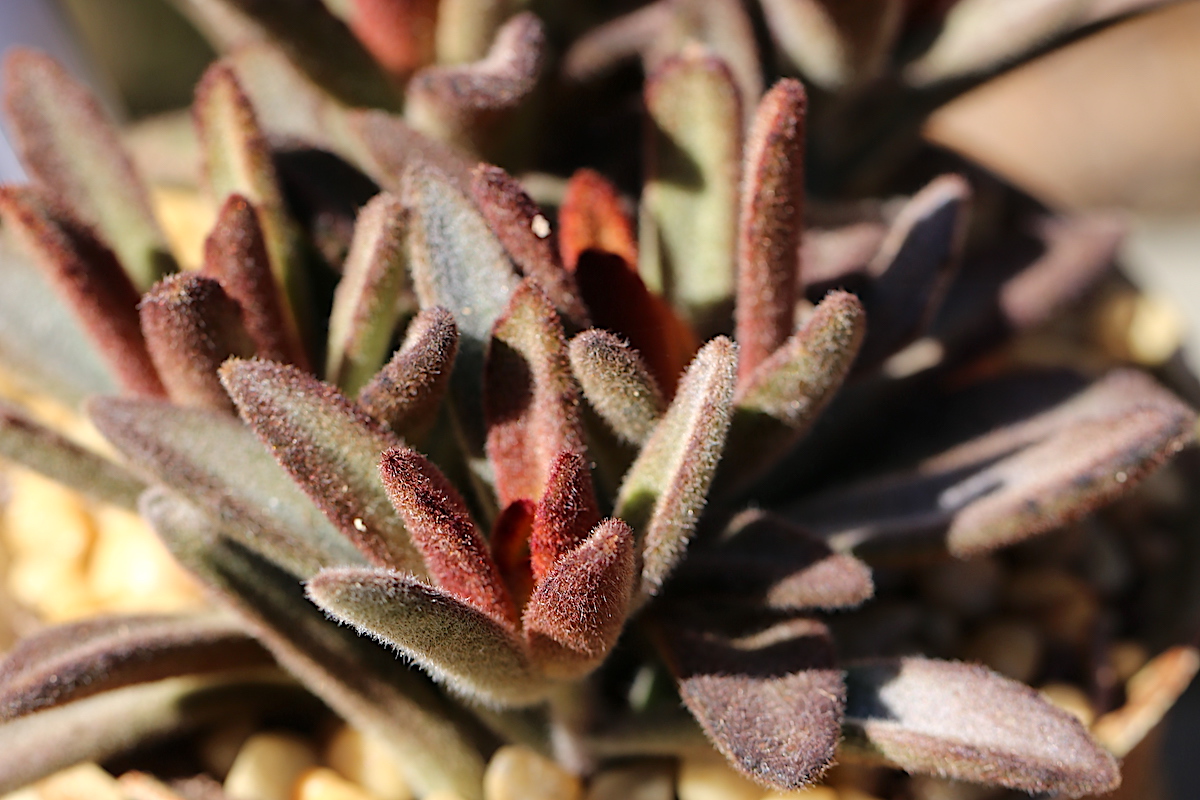

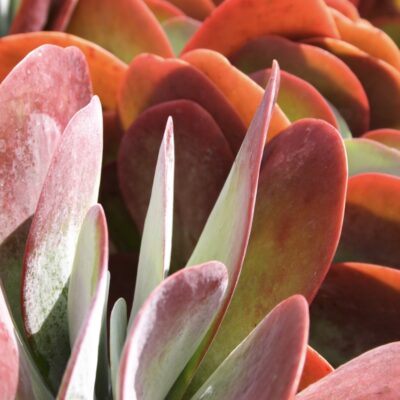
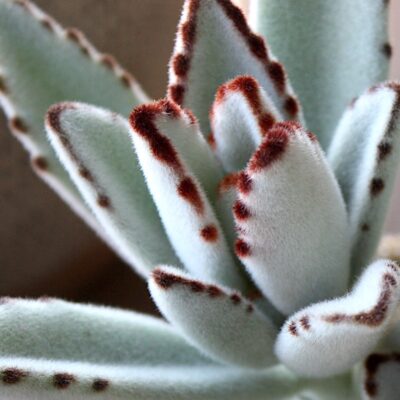
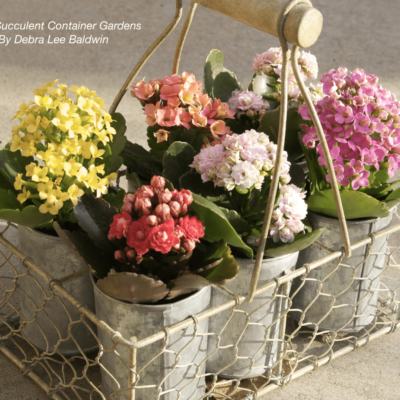
-custom_crop.jpg)